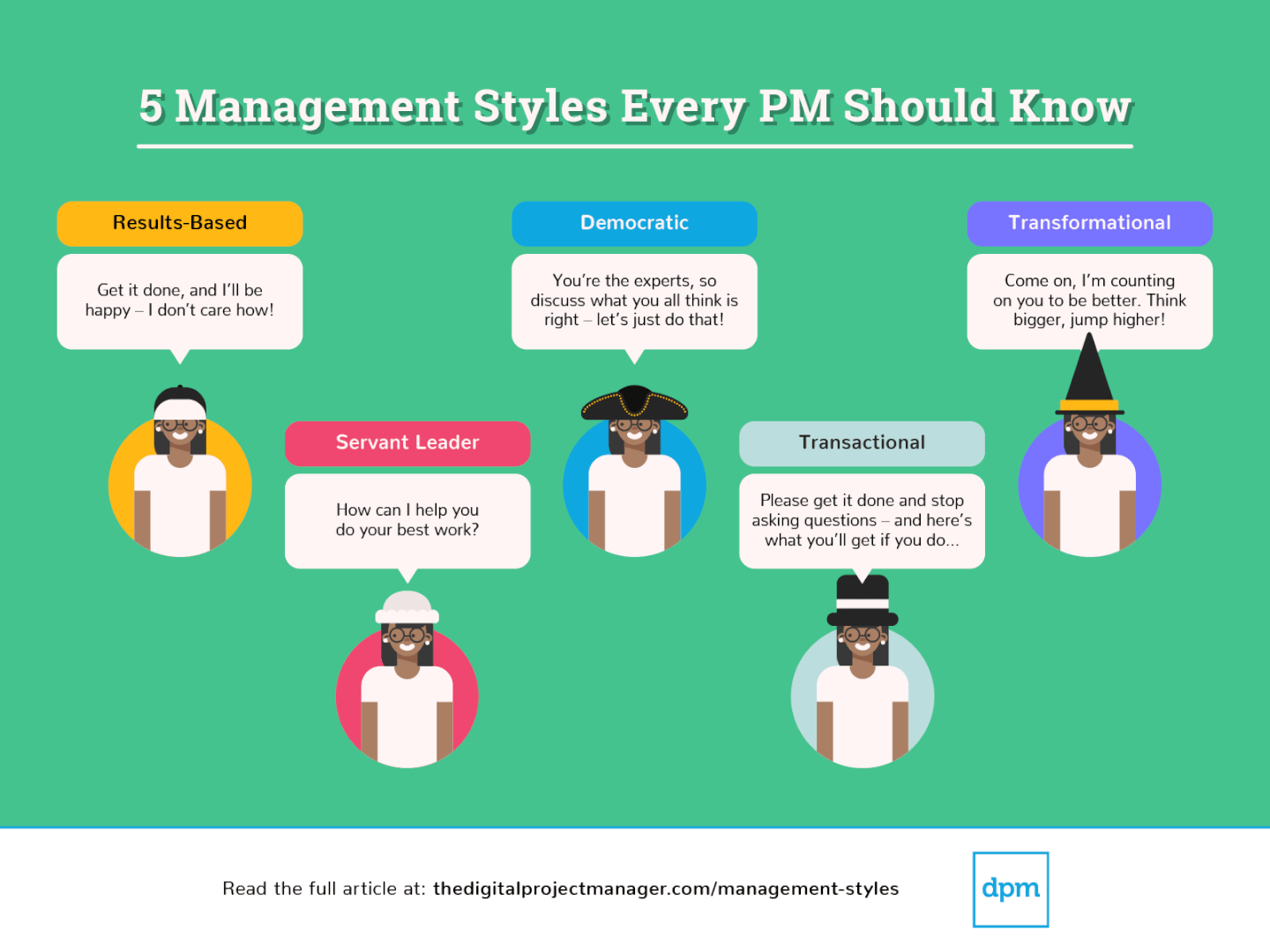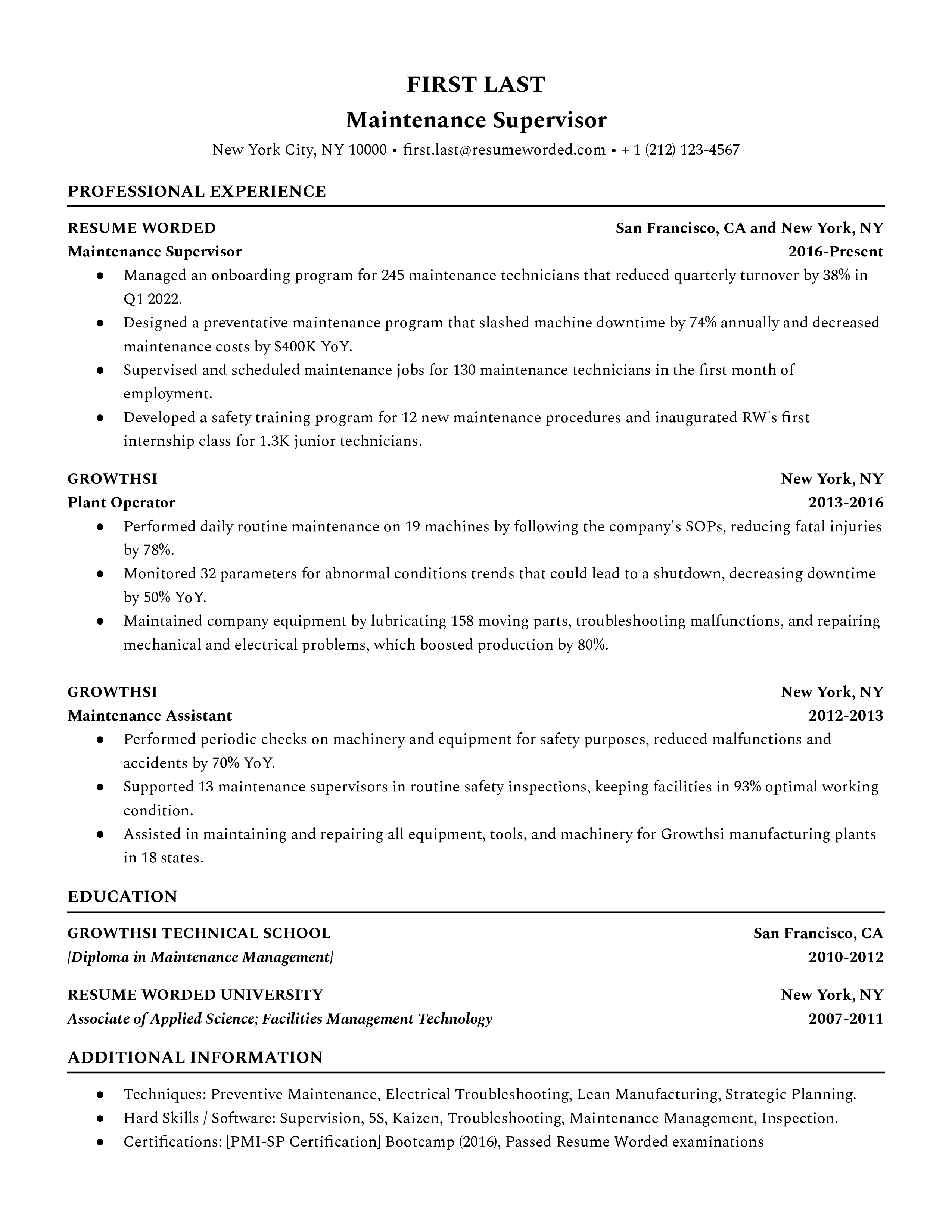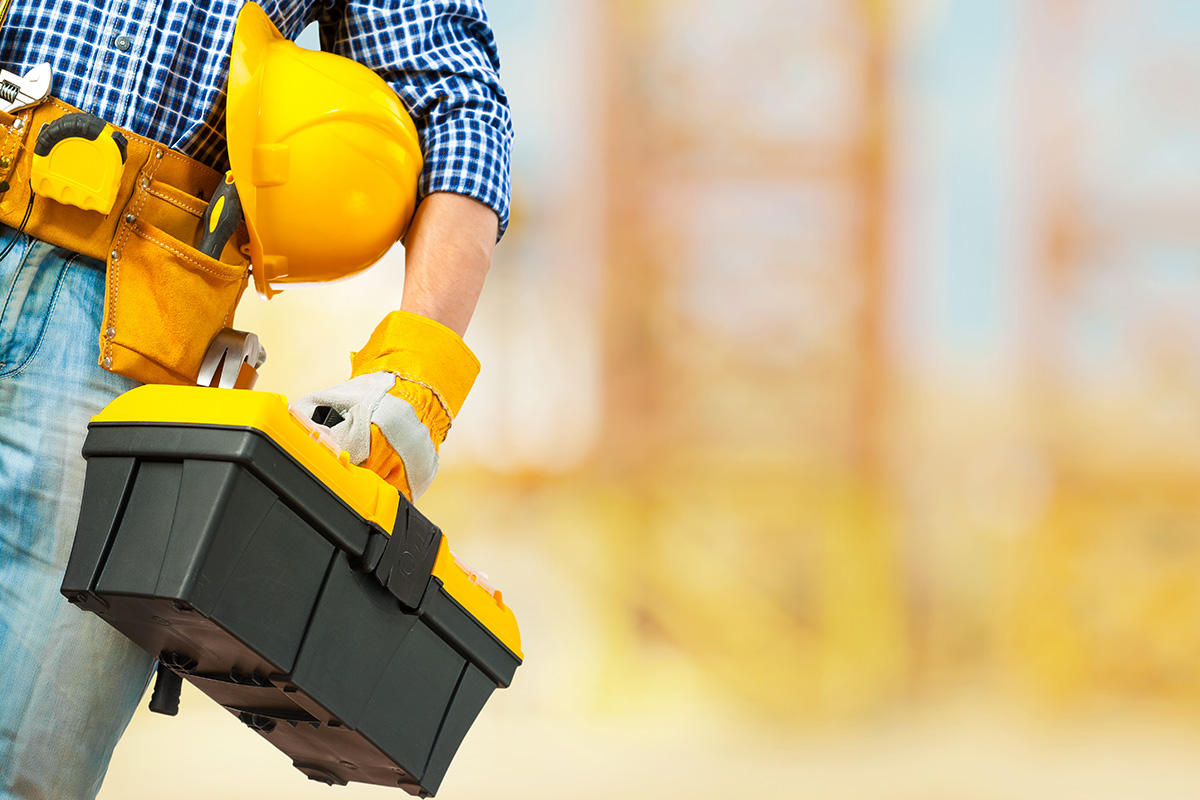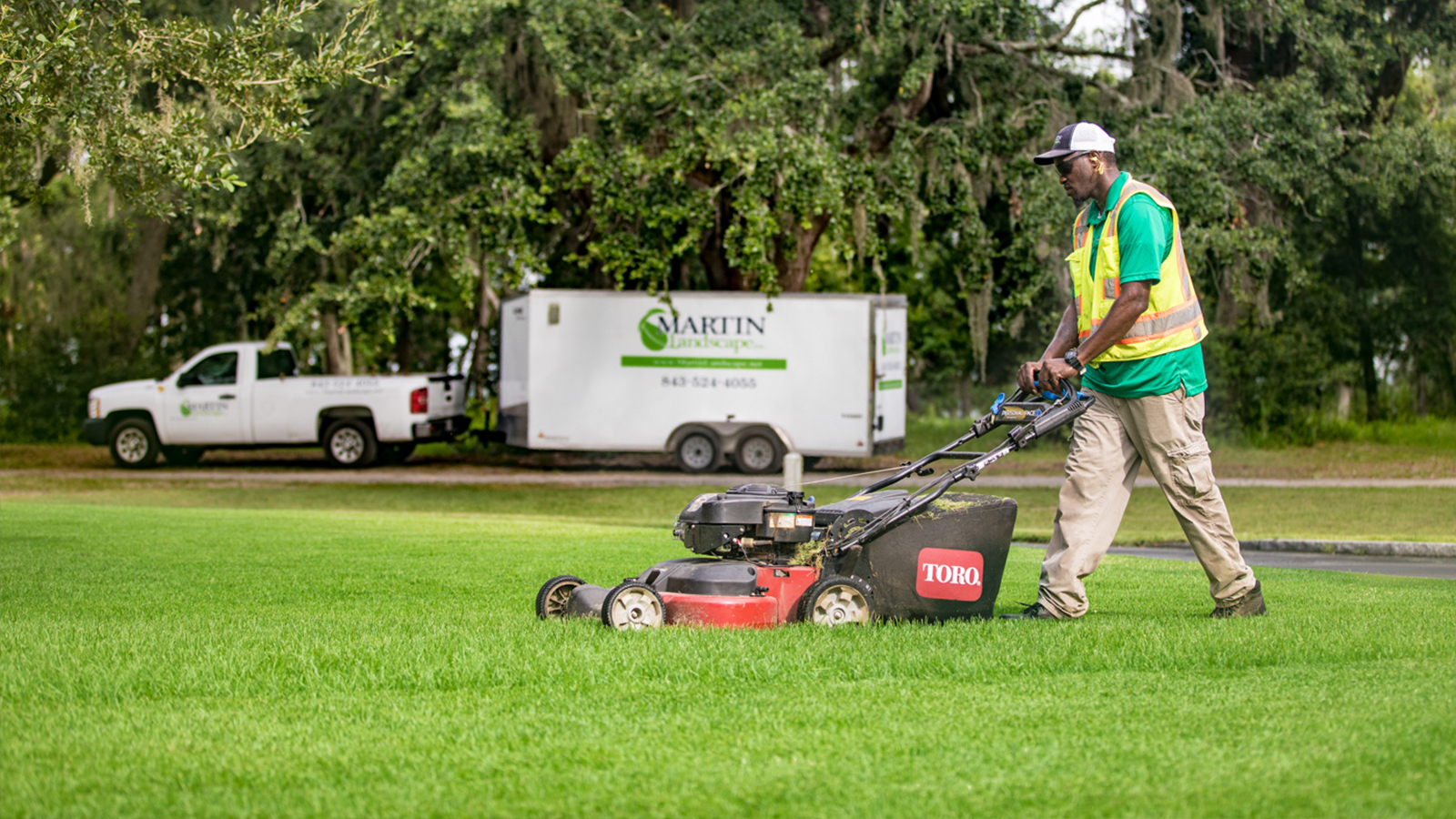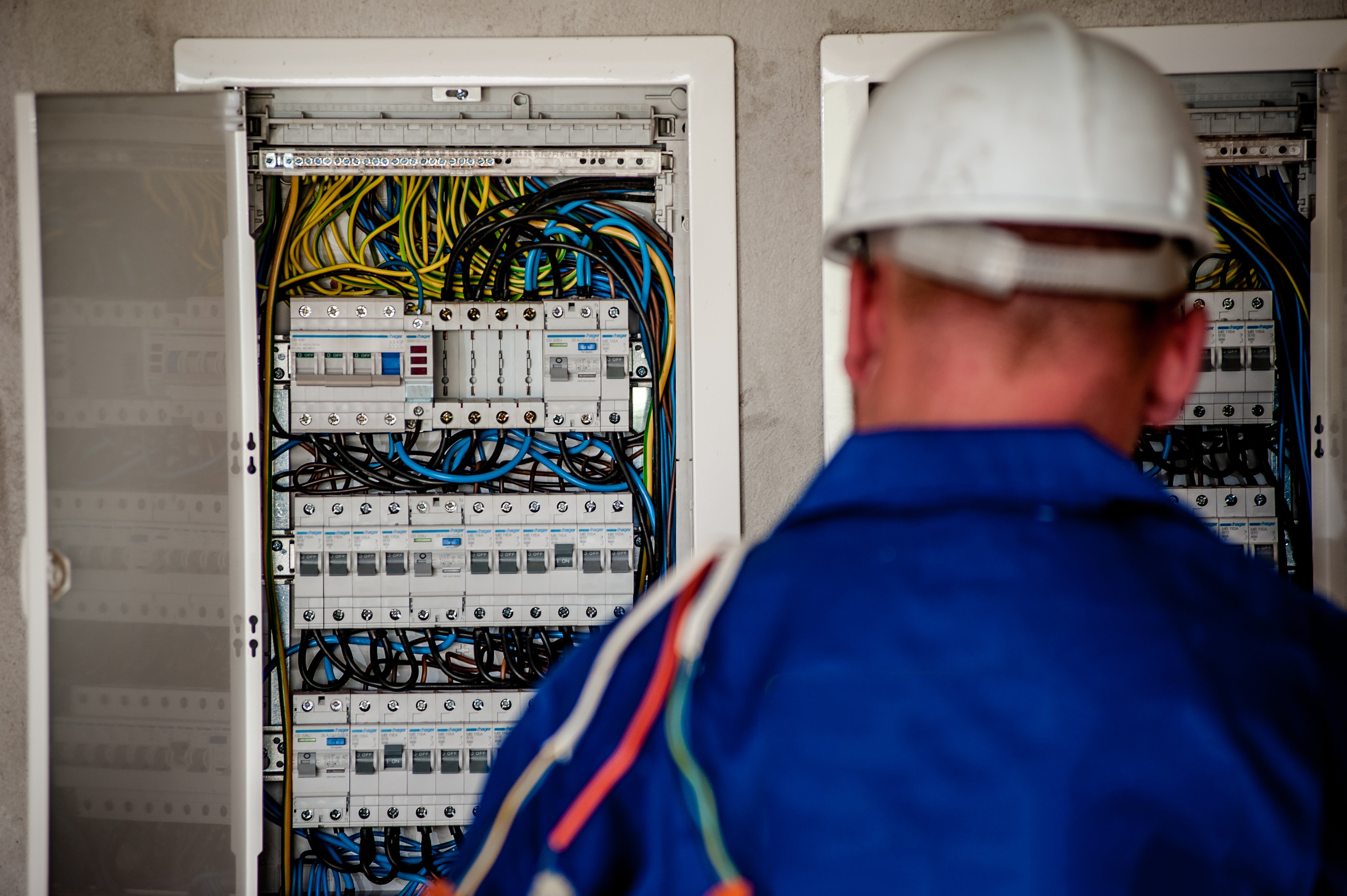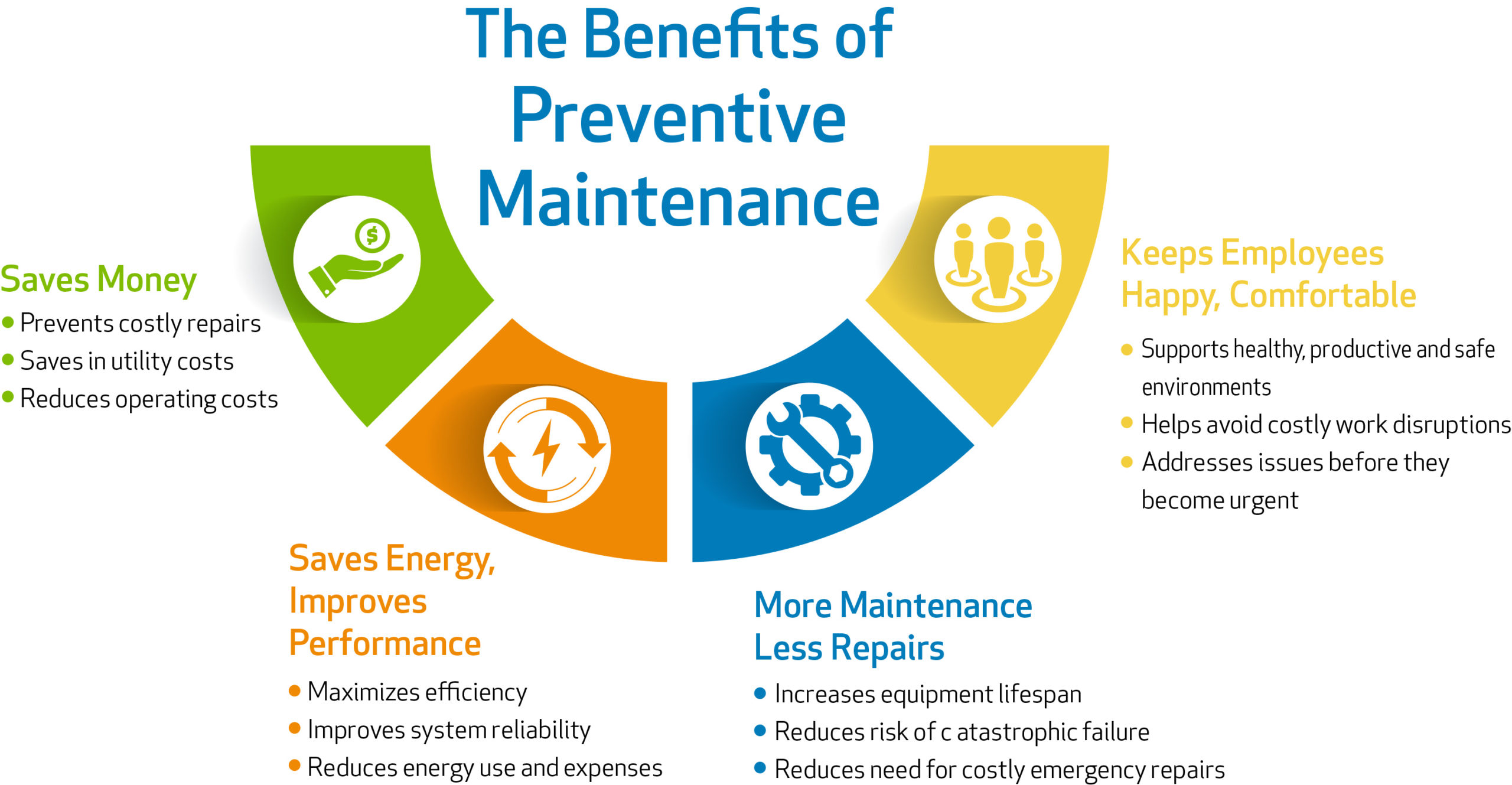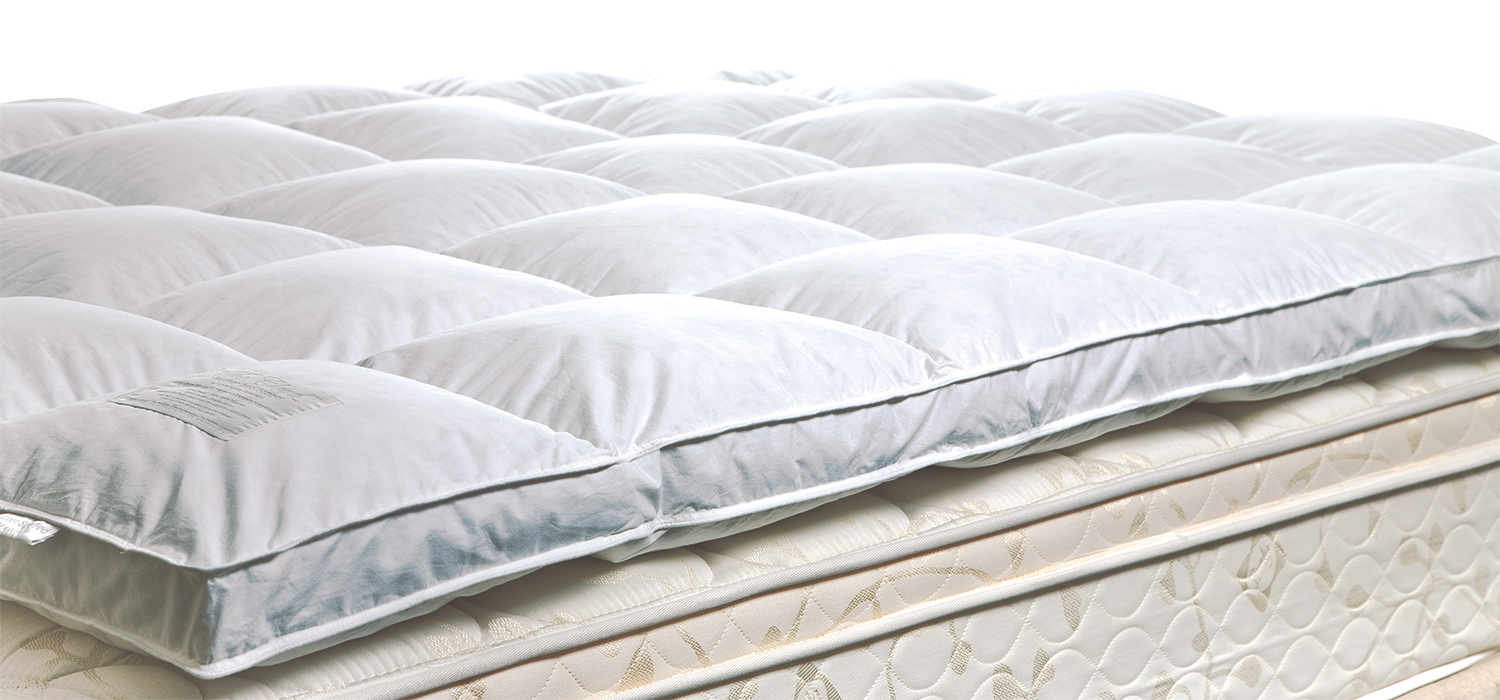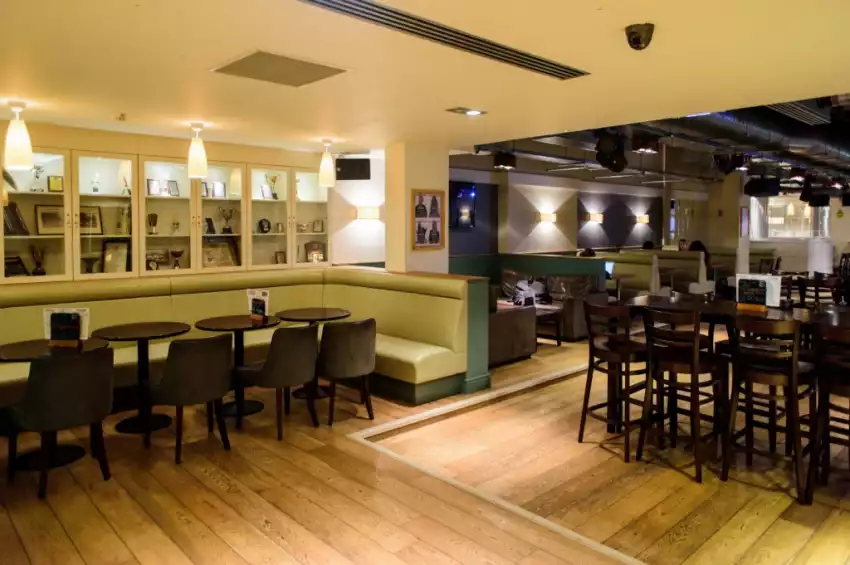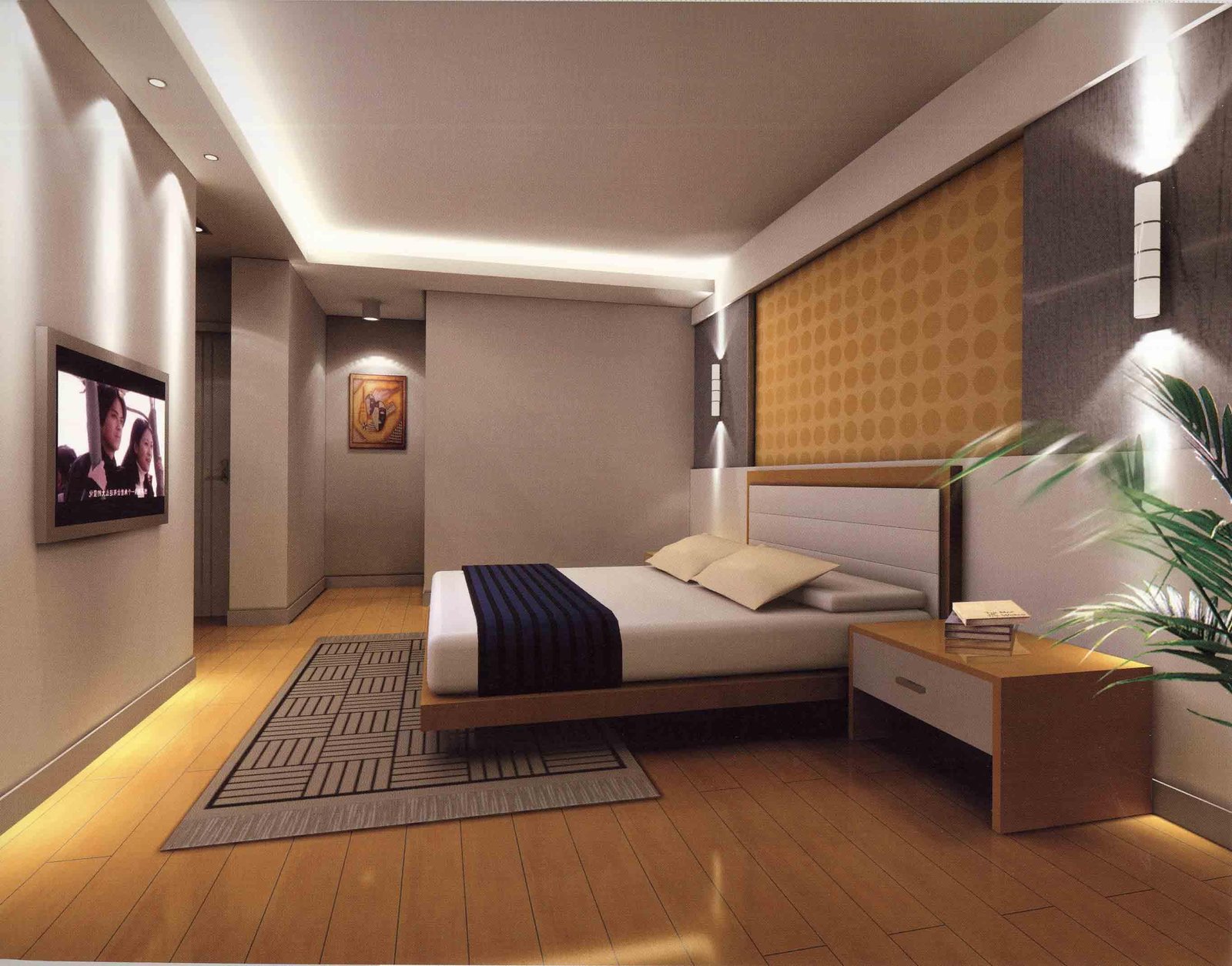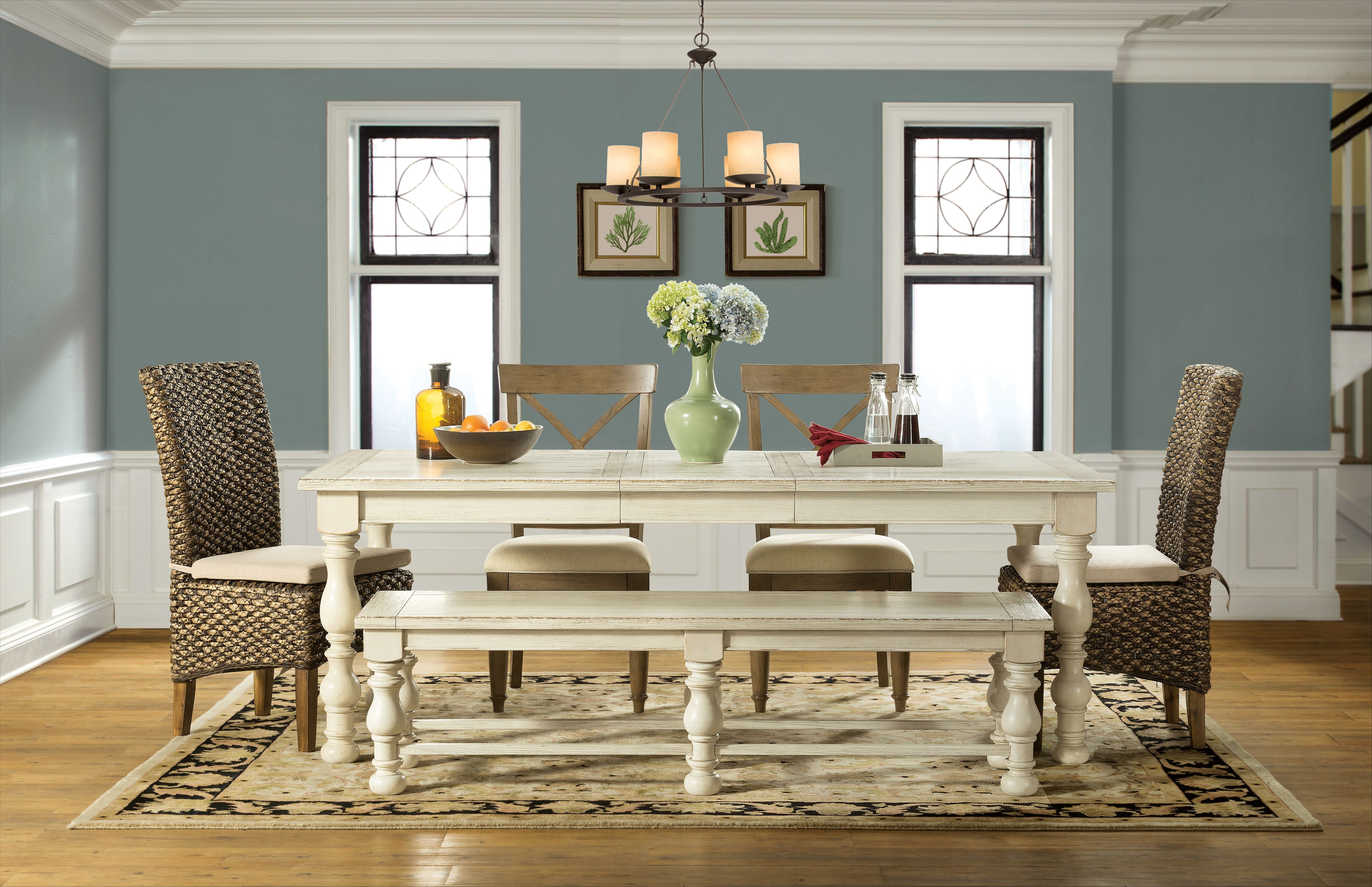When designing a kitchen, one of the first things to consider is the layout. This refers to the overall floor plan and how the different elements of the kitchen will be arranged. There are several popular layouts to choose from, including the U-shaped, L-shaped, and galley kitchen designs. The layout should be chosen based on the size and shape of the kitchen as well as the homeowner's preferences and needs.Layout
Another important factor to consider is the amount of space available in the kitchen. This will greatly impact the layout and design of the kitchen. It is important to make the most out of the available space, whether it is a small and compact kitchen or a large and spacious one. This can be achieved through strategic placement of appliances, storage solutions, and utilizing vertical space.Space
A kitchen should not only look good, but it should also be functional. This means that the design should be practical and cater to the needs of the homeowner. Consider the workflow in the kitchen and make sure that the layout allows for easy movement and access to different areas. It is also important to think about the placement of appliances, the size of countertops, and the amount of storage needed.Functionality
Speaking of storage, it is crucial to have enough of it in a kitchen. From pantry storage to cabinets and drawers, having ample space to store kitchen essentials is a must. Consider the type of storage solutions that will work best for the kitchen, such as pull-out shelves, lazy susans, and deep drawers. Customizing storage to fit the homeowner's needs can greatly improve the functionality of the kitchen.Storage
Lighting is often overlooked when designing a kitchen, but it can make a huge difference in the overall look and feel of the space. Natural lighting is ideal, so consider adding windows or skylights to bring in more light. In terms of artificial lighting, a combination of task, ambient, and accent lighting can create a warm and inviting atmosphere in the kitchen.Lighting
No kitchen is complete without appliances. When designing a kitchen, it is important to consider the type and size of appliances that will fit best in the space. From refrigerators and ovens to dishwashers and microwaves, each appliance should be chosen carefully to ensure they fit the overall design and functionality of the kitchen.Appliances
The materials used in a kitchen can greatly impact its overall look and feel. From countertops and cabinets to flooring and backsplash, there are a variety of materials to choose from. It is important to consider the durability and maintenance of these materials, as well as how they will complement the overall design and style of the kitchen.Materials
Setting a budget is essential when designing a kitchen. This will help guide decision-making when it comes to choosing materials, appliances, and other elements for the kitchen. It is important to prioritize items that are most important to the homeowner and find ways to stay within the budget without compromising on the overall design and functionality of the kitchen.Budget
The style of the kitchen is another important consideration. Whether it is modern, traditional, or a mix of different styles, the kitchen should reflect the homeowner's personal taste and complement the overall style of the home. This can be achieved through the use of color, textures, and finishes in the kitchen design.Style
Finally, it is important to consider the maintenance of the kitchen. A kitchen should be easy to clean and maintain to ensure it stays in good condition for years to come. This may mean choosing durable materials, opting for low-maintenance appliances, and incorporating storage solutions that make it easy to keep the kitchen organized and clutter-free.Maintenance
Creating a Functional and Beautiful Kitchen Design: Things to Consider
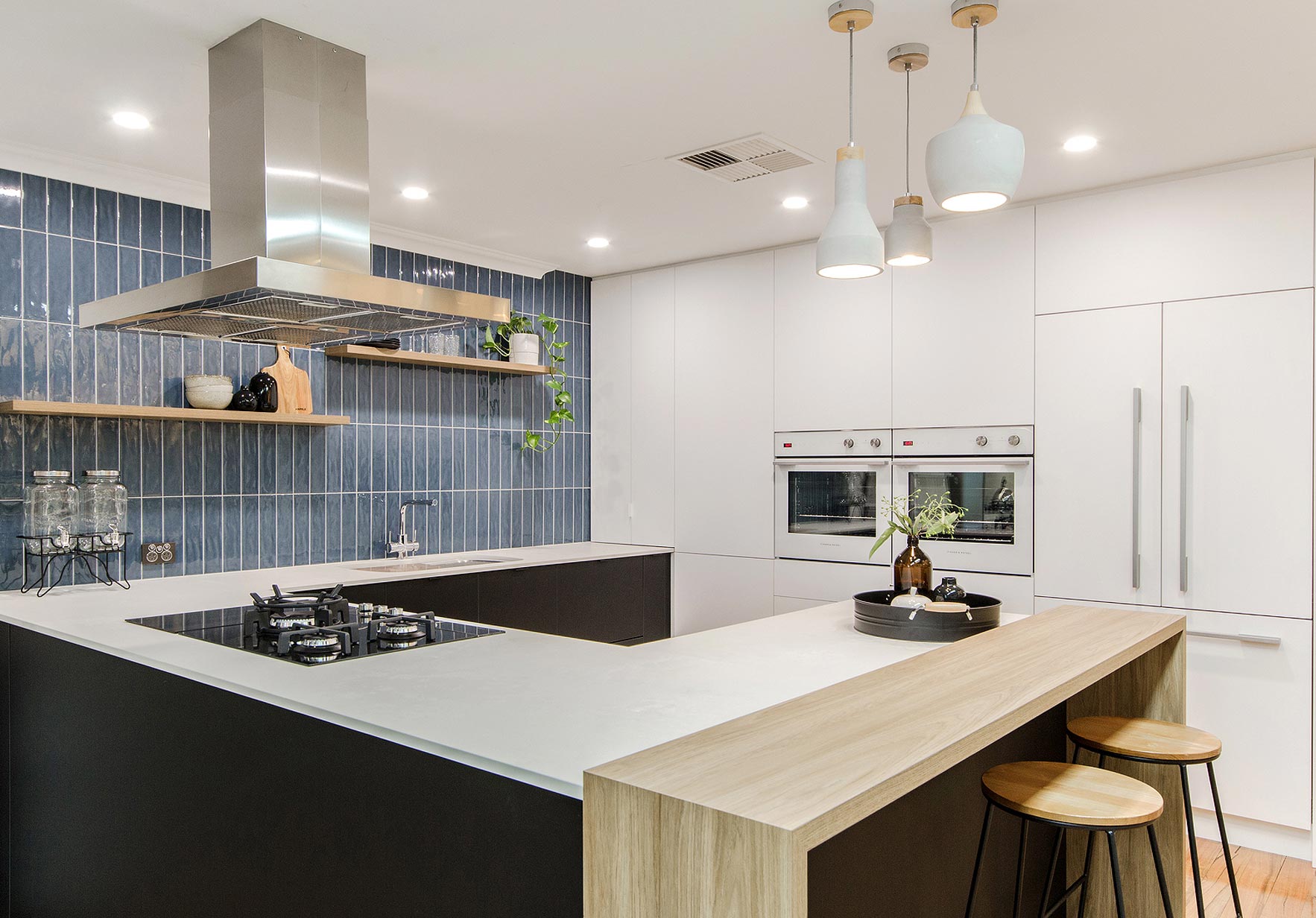
Maximizing Space
 When designing a kitchen, one of the most important things to consider is how to make the most out of the available space. This is especially crucial for smaller kitchens, where every inch counts.
Utilizing vertical space
by adding shelves or cabinets that reach all the way to the ceiling can provide much-needed storage space. Another clever way to save space is by incorporating
multi-functional furniture
, such as a kitchen island with built-in storage or a pull-out pantry cabinet. Additionally,
choosing the right layout
for your kitchen can also help maximize space. Consider a galley or L-shaped design for a more efficient use of space.
When designing a kitchen, one of the most important things to consider is how to make the most out of the available space. This is especially crucial for smaller kitchens, where every inch counts.
Utilizing vertical space
by adding shelves or cabinets that reach all the way to the ceiling can provide much-needed storage space. Another clever way to save space is by incorporating
multi-functional furniture
, such as a kitchen island with built-in storage or a pull-out pantry cabinet. Additionally,
choosing the right layout
for your kitchen can also help maximize space. Consider a galley or L-shaped design for a more efficient use of space.
Functionality
 A well-designed kitchen is not just about aesthetics, but also about functionality.
Consider the workflow
in your kitchen and make sure that the layout allows for easy movement and access to key areas such as the sink, stove, and refrigerator.
Invest in quality appliances
that are not only visually appealing but also efficient and durable. For example, a
built-in oven
can save valuable counter space and a
French door refrigerator
with bottom freezer drawers offers convenience and organization.
A well-designed kitchen is not just about aesthetics, but also about functionality.
Consider the workflow
in your kitchen and make sure that the layout allows for easy movement and access to key areas such as the sink, stove, and refrigerator.
Invest in quality appliances
that are not only visually appealing but also efficient and durable. For example, a
built-in oven
can save valuable counter space and a
French door refrigerator
with bottom freezer drawers offers convenience and organization.
Lighting
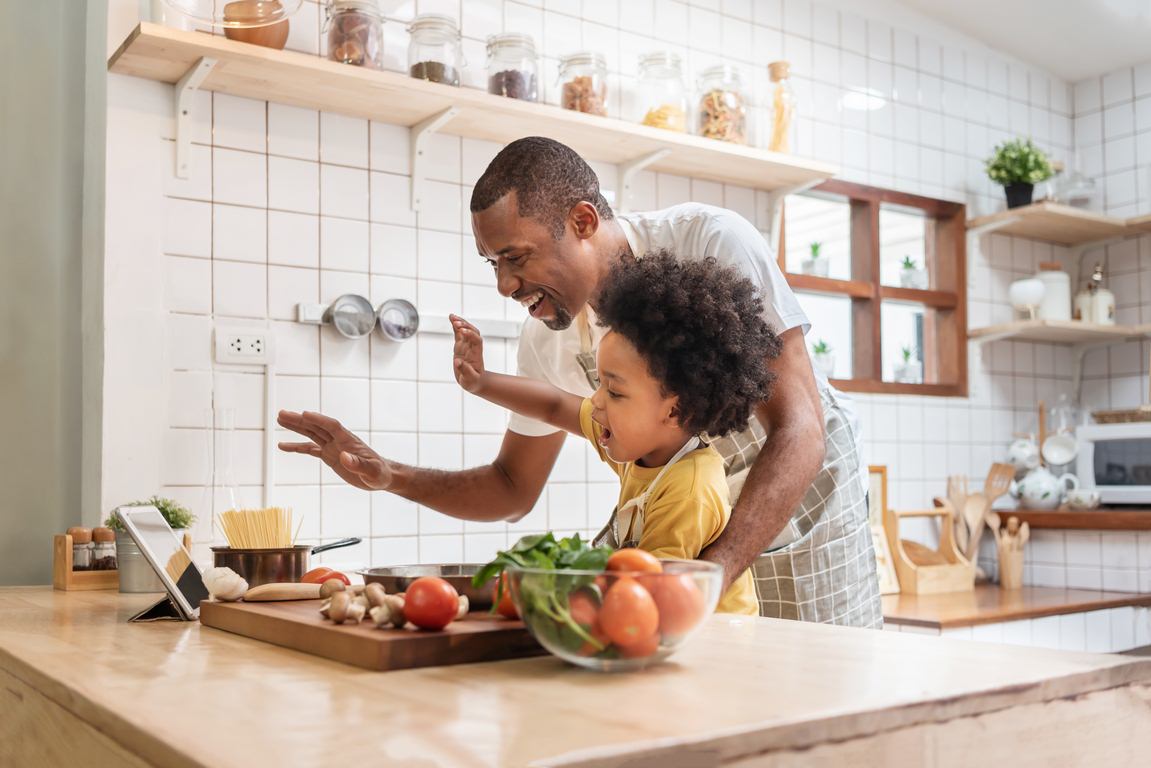 Lighting can make a huge difference in the overall look and feel of a kitchen.
Natural light
is always the best option, so if possible, try to incorporate large windows or skylights into your kitchen design. For artificial lighting, a combination of
overhead and task lighting
is recommended. Pendant lights above the kitchen island or under-cabinet lighting can provide both functionality and style.
Dimmer switches
are also a great addition, allowing you to adjust the lighting according to your needs and mood.
Lighting can make a huge difference in the overall look and feel of a kitchen.
Natural light
is always the best option, so if possible, try to incorporate large windows or skylights into your kitchen design. For artificial lighting, a combination of
overhead and task lighting
is recommended. Pendant lights above the kitchen island or under-cabinet lighting can provide both functionality and style.
Dimmer switches
are also a great addition, allowing you to adjust the lighting according to your needs and mood.
Materials and Finishes
 When it comes to choosing materials and finishes for your kitchen,
consider both style and functionality
. For example, while marble countertops may look beautiful, they may not be the most practical choice for a high-traffic kitchen.
Opt for durable and easy-to-maintain materials
such as quartz or granite. Additionally,
mixing different textures and finishes
can add visual interest and depth to your kitchen design.
In conclusion, designing a kitchen requires careful consideration of both aesthetic and practical elements. By maximizing space, focusing on functionality, incorporating proper lighting, and choosing the right materials and finishes, you can create a kitchen that is not only beautiful but also functional and efficient. Remember to always
stay true to your personal style
and make choices that will work best for you and your family's needs. With these things in mind, you can create a kitchen that you will love for years to come.
When it comes to choosing materials and finishes for your kitchen,
consider both style and functionality
. For example, while marble countertops may look beautiful, they may not be the most practical choice for a high-traffic kitchen.
Opt for durable and easy-to-maintain materials
such as quartz or granite. Additionally,
mixing different textures and finishes
can add visual interest and depth to your kitchen design.
In conclusion, designing a kitchen requires careful consideration of both aesthetic and practical elements. By maximizing space, focusing on functionality, incorporating proper lighting, and choosing the right materials and finishes, you can create a kitchen that is not only beautiful but also functional and efficient. Remember to always
stay true to your personal style
and make choices that will work best for you and your family's needs. With these things in mind, you can create a kitchen that you will love for years to come.
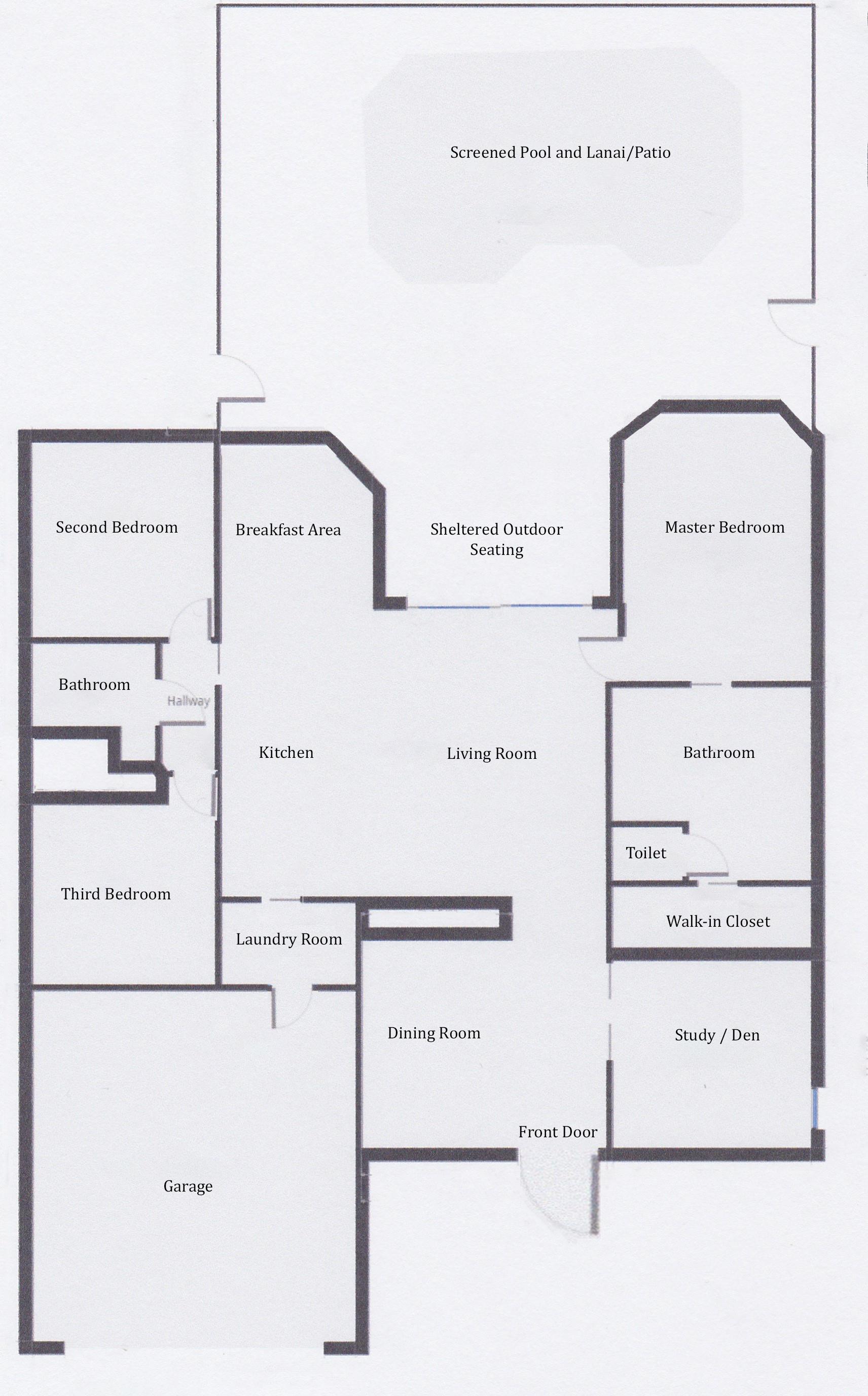

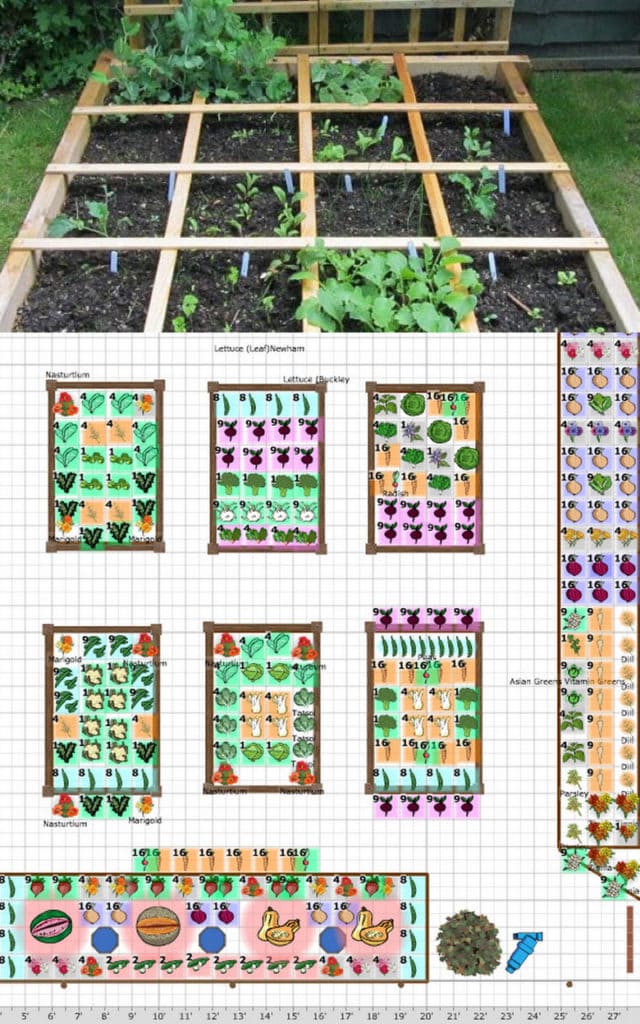

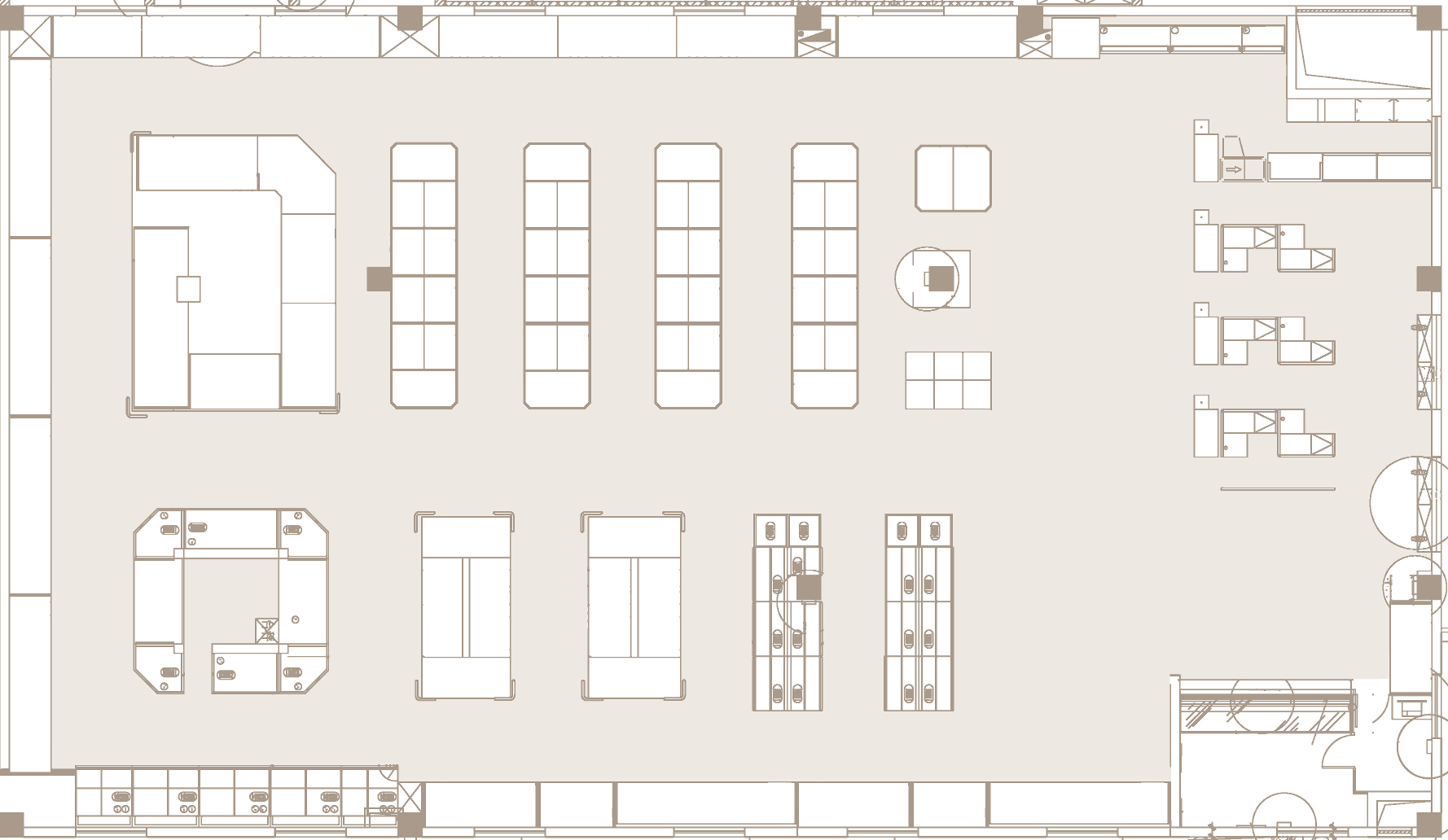

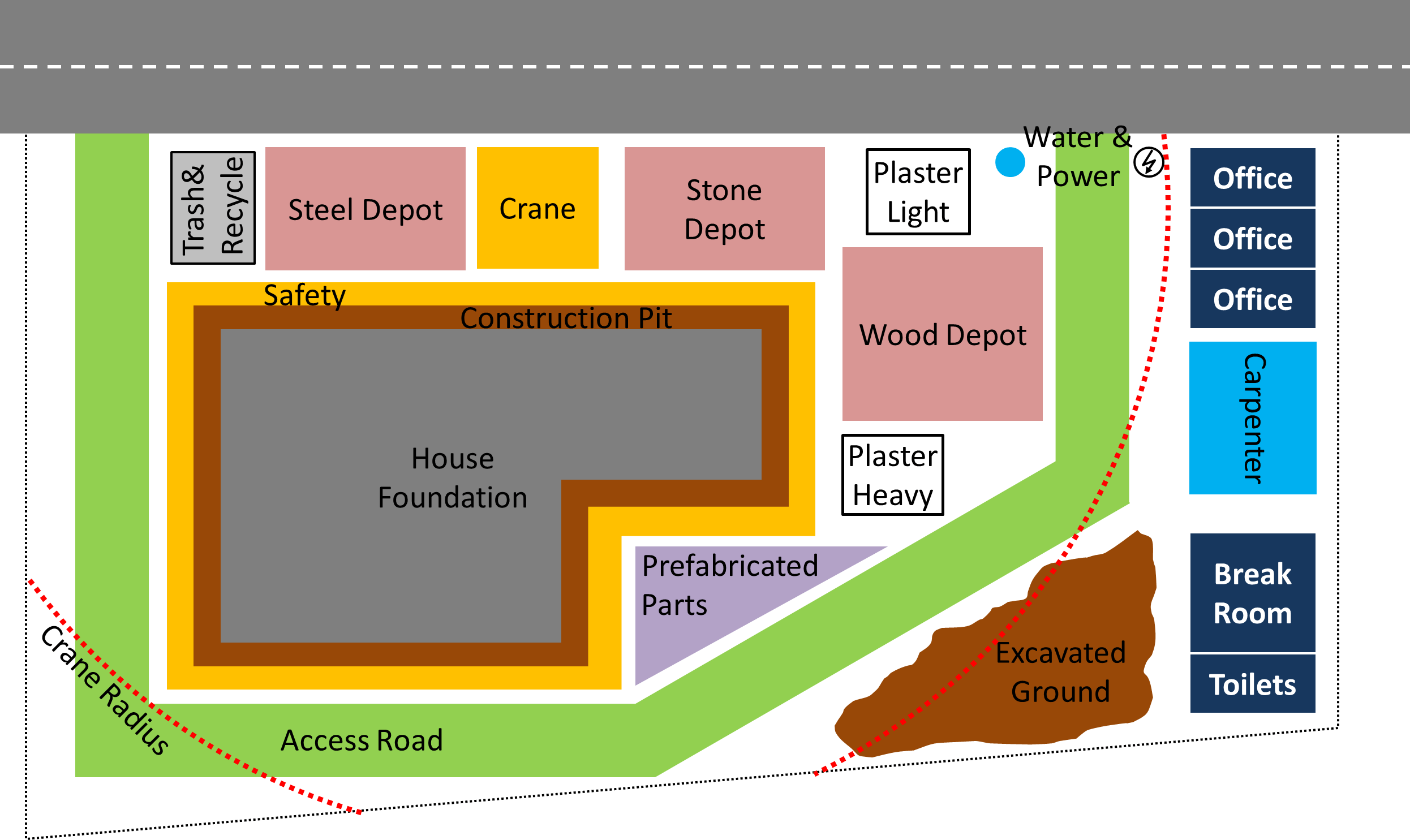
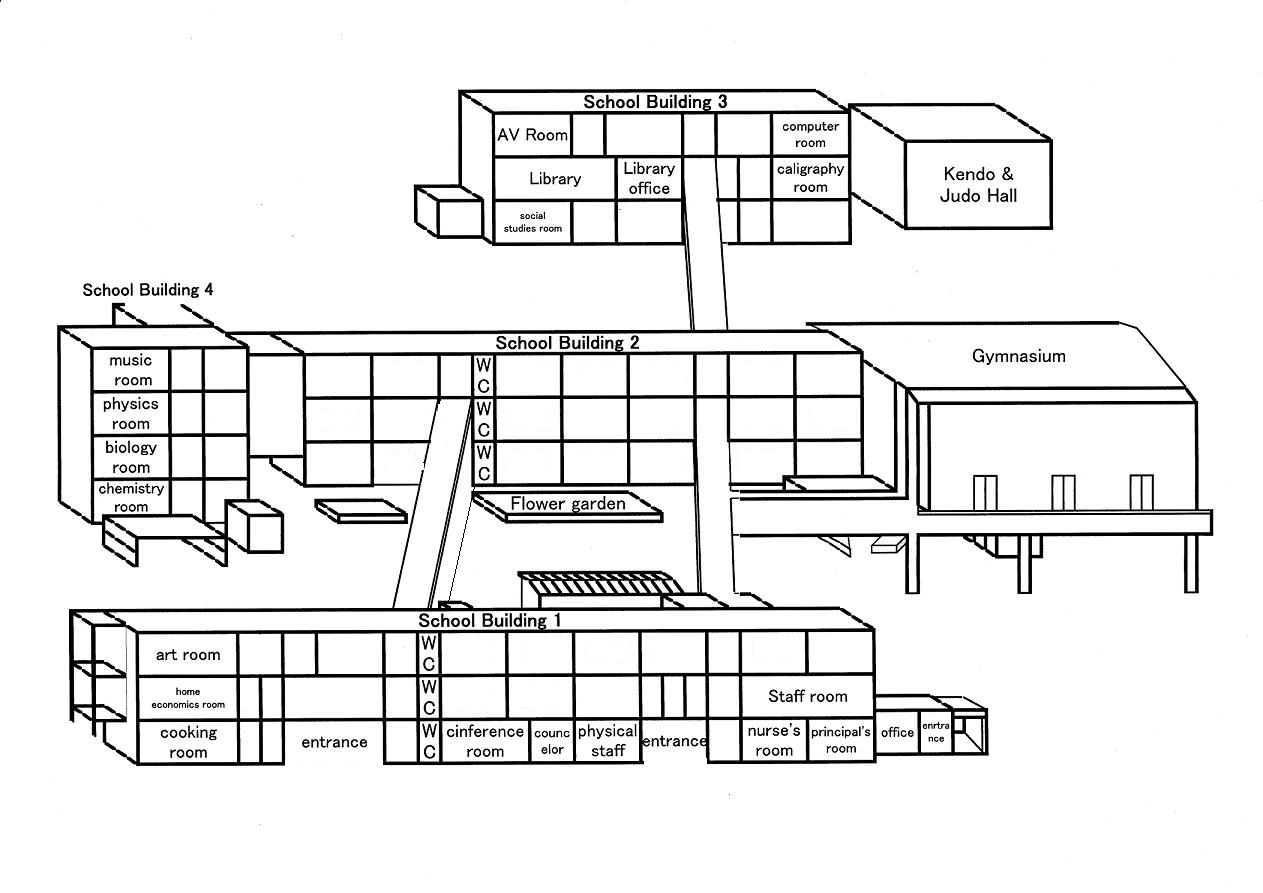
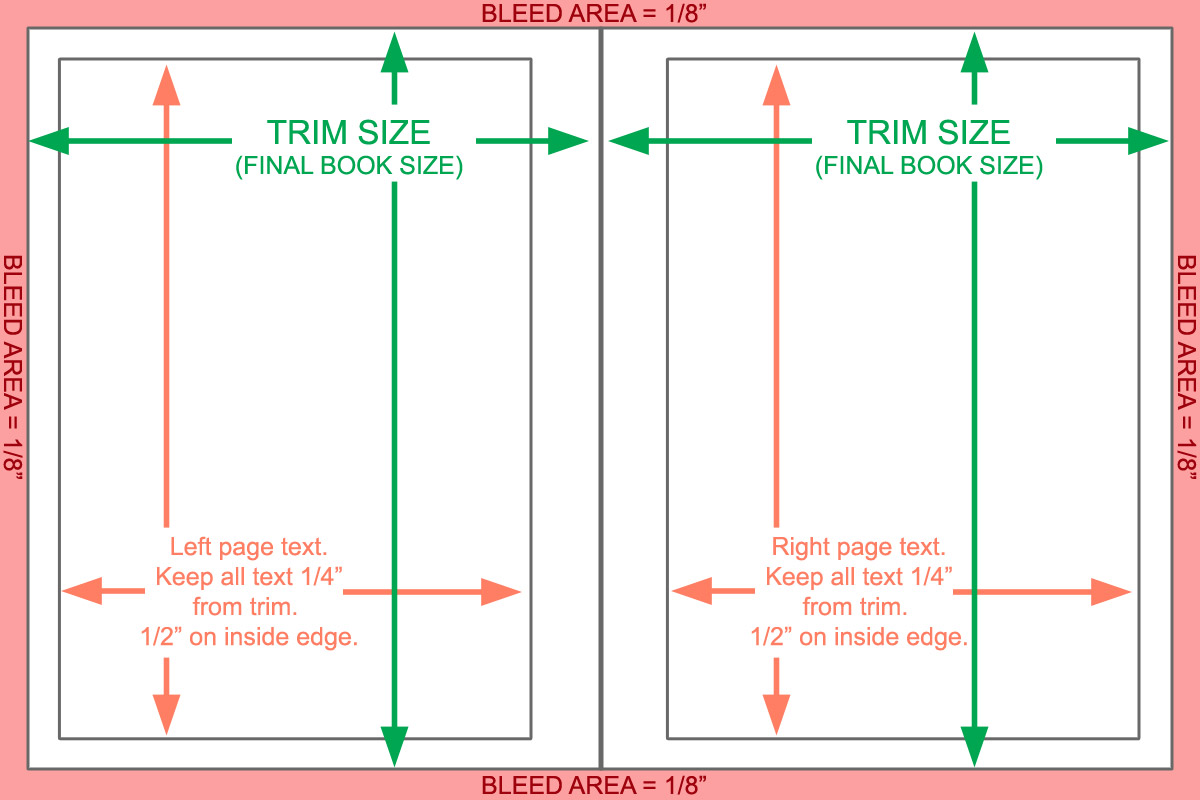

















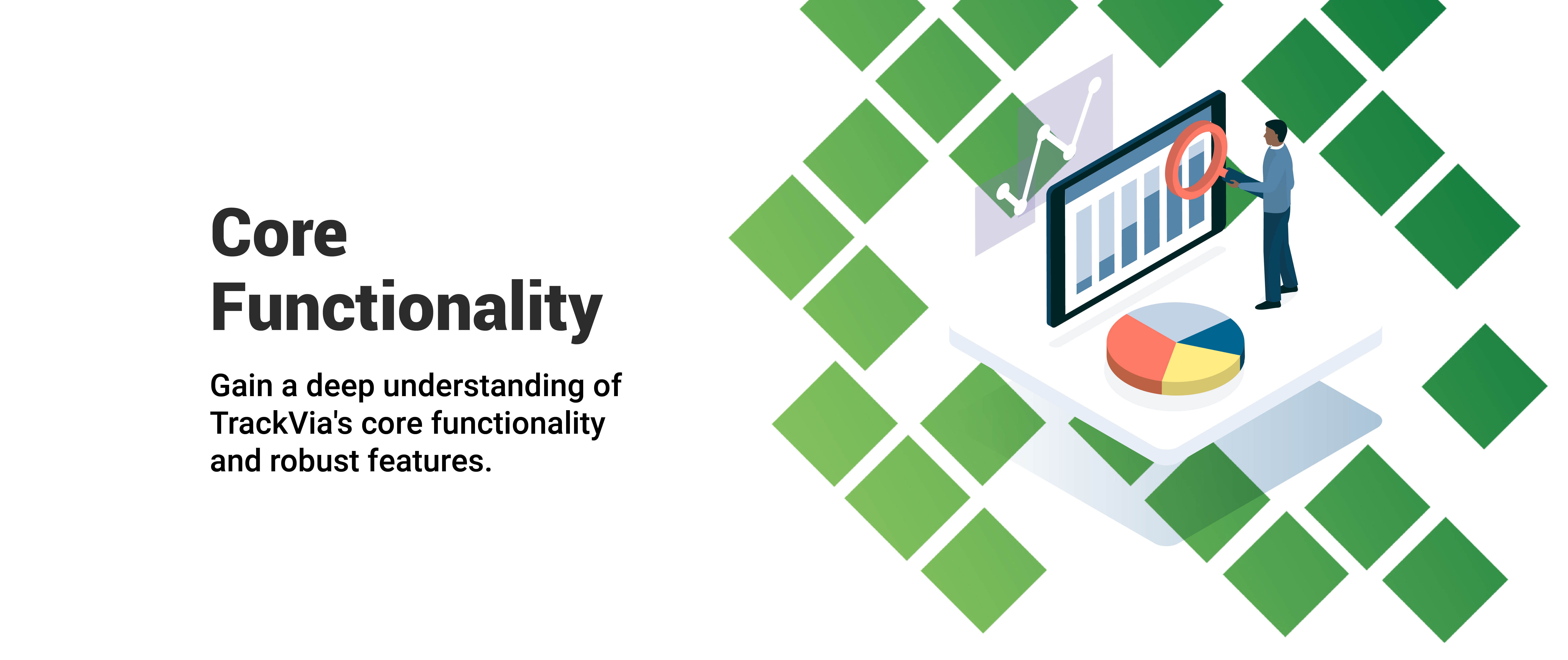
/182786404-56a9f6725f9b58b7d00038e0.jpg)




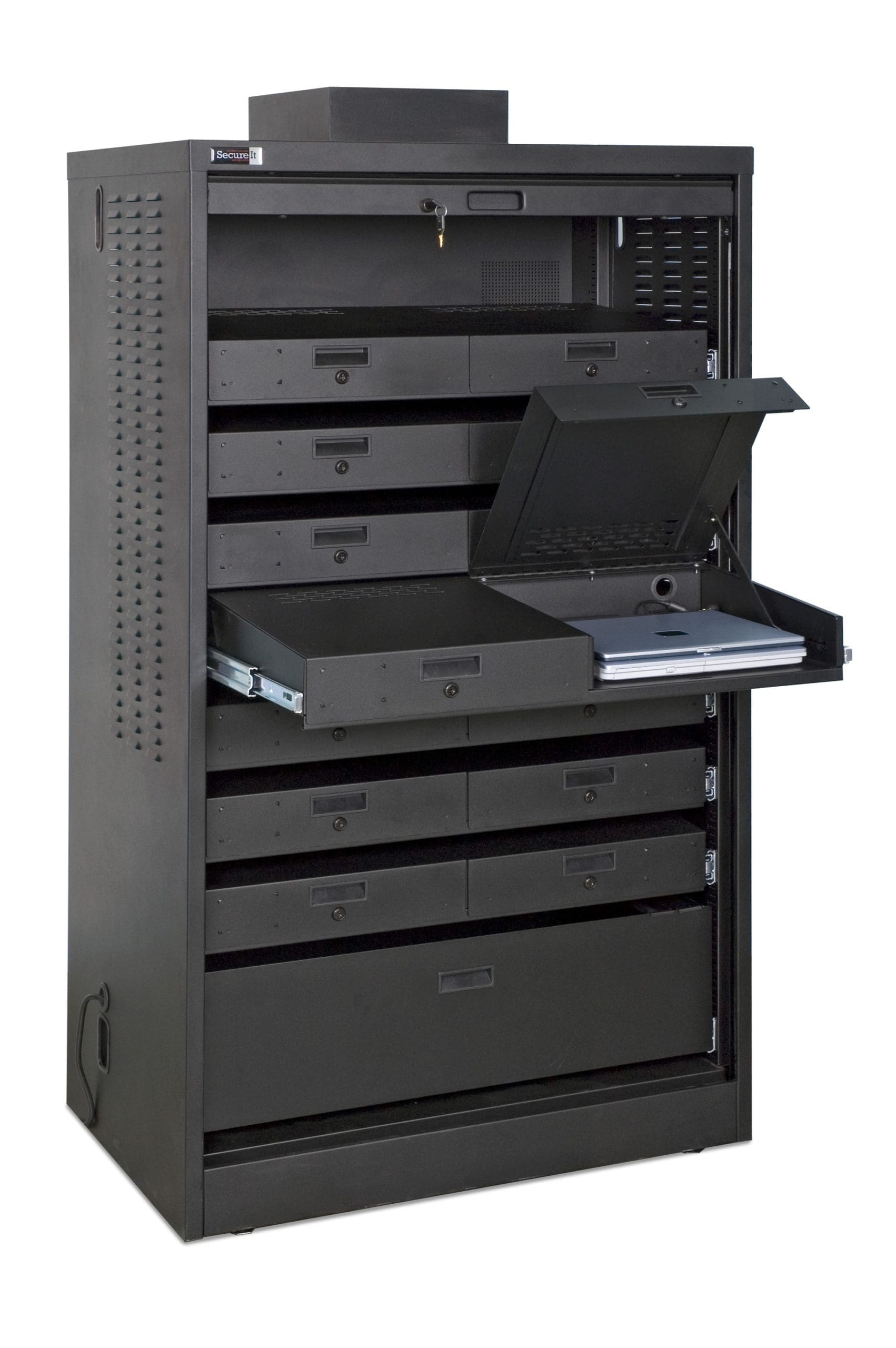


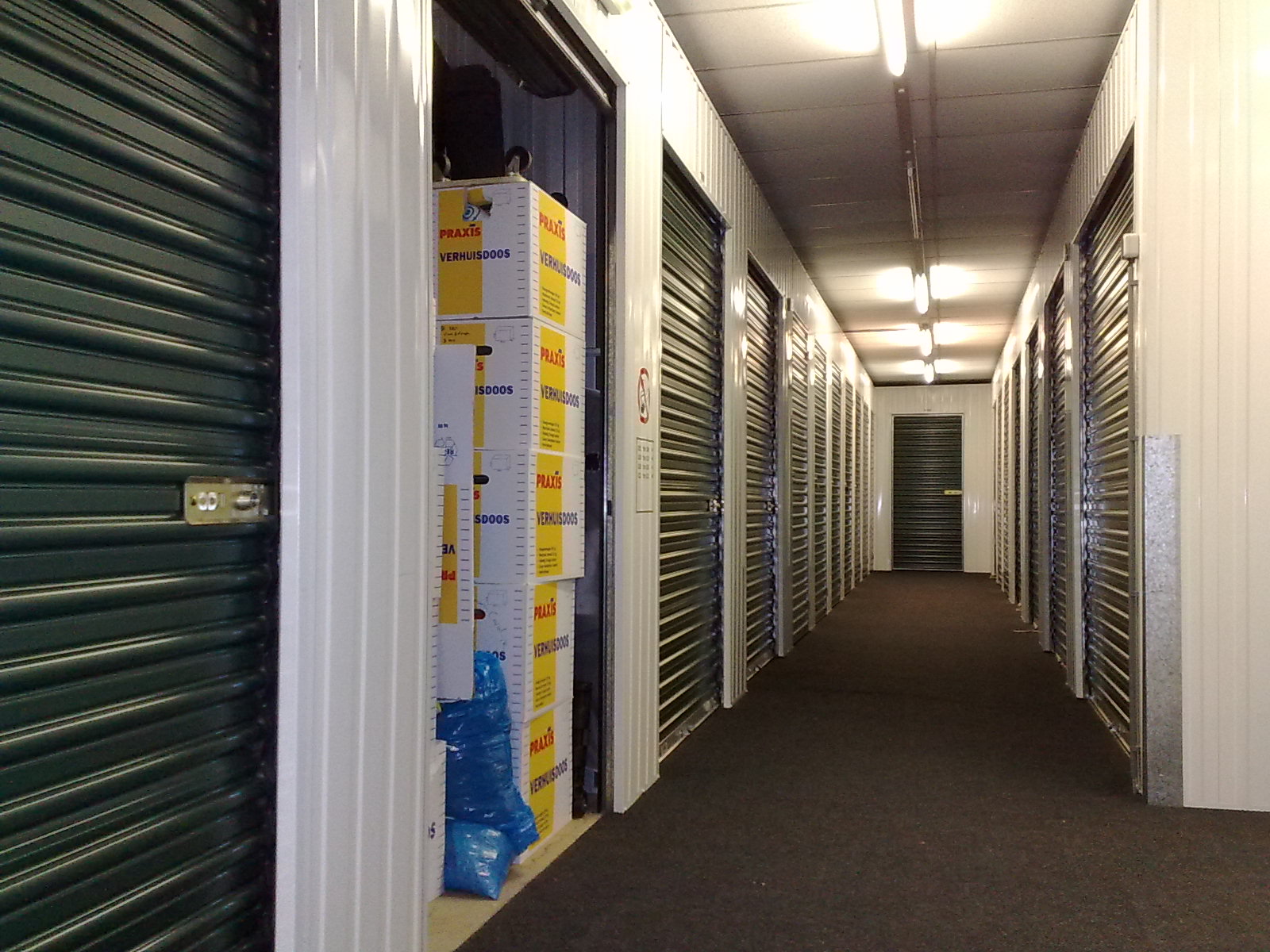
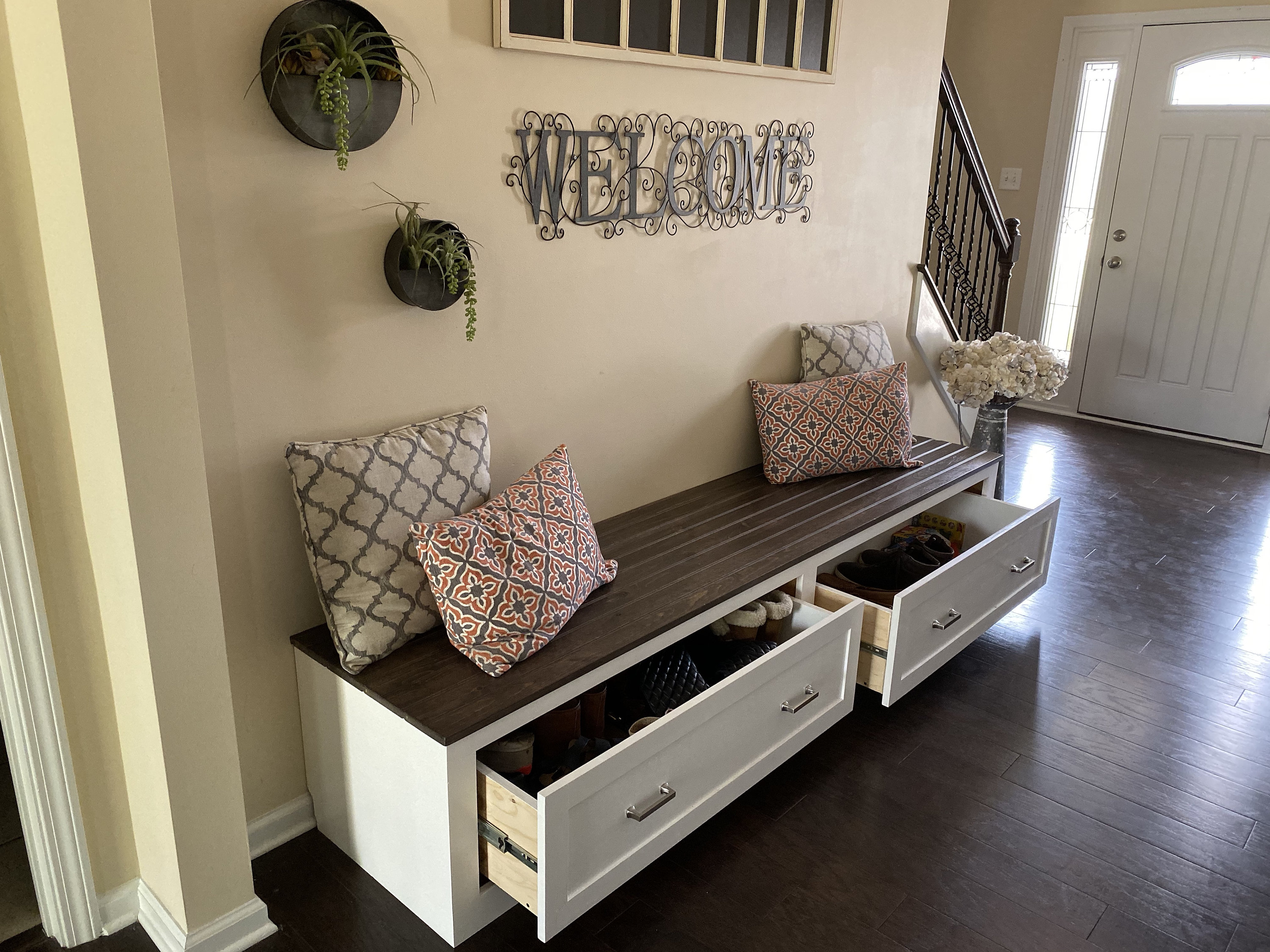


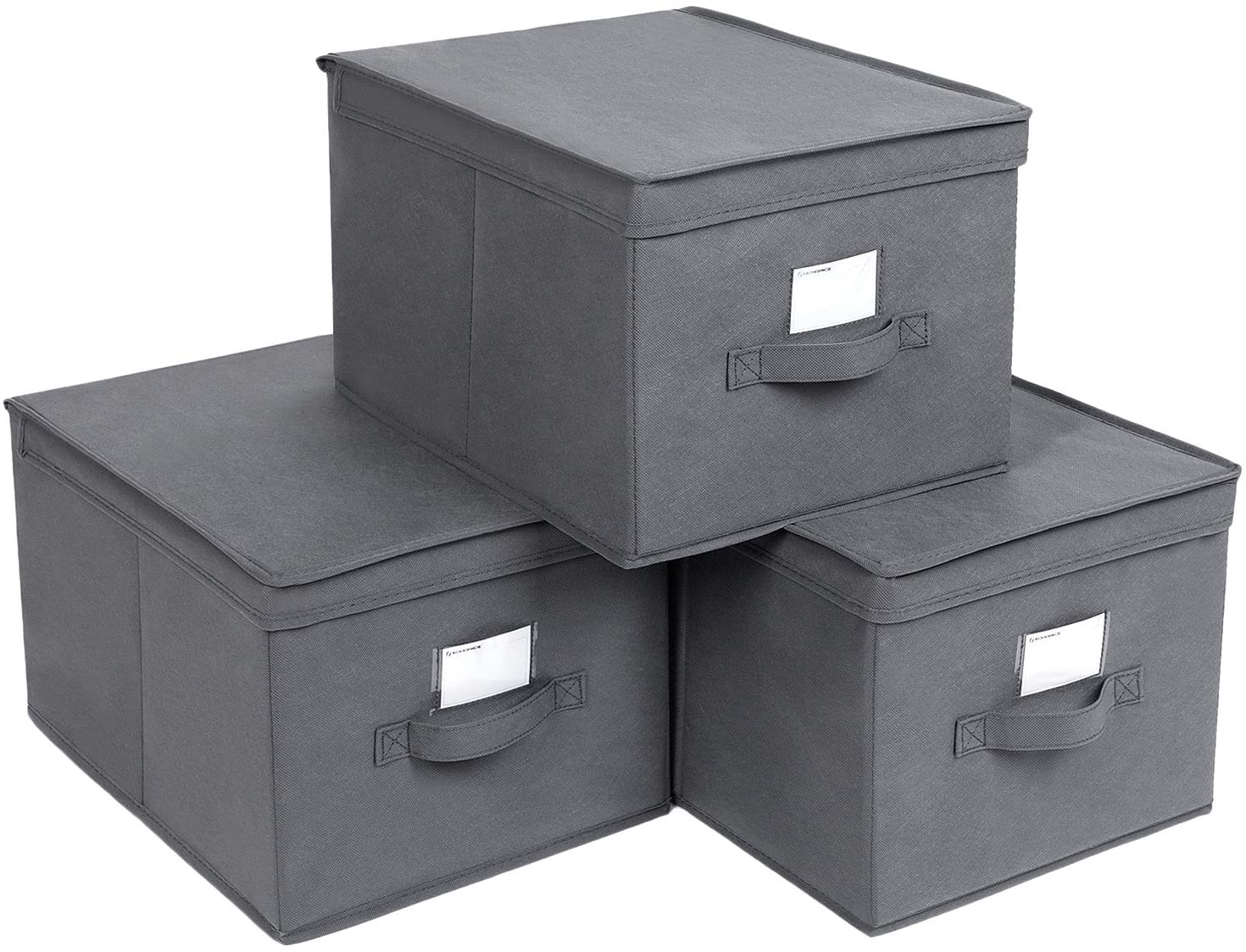

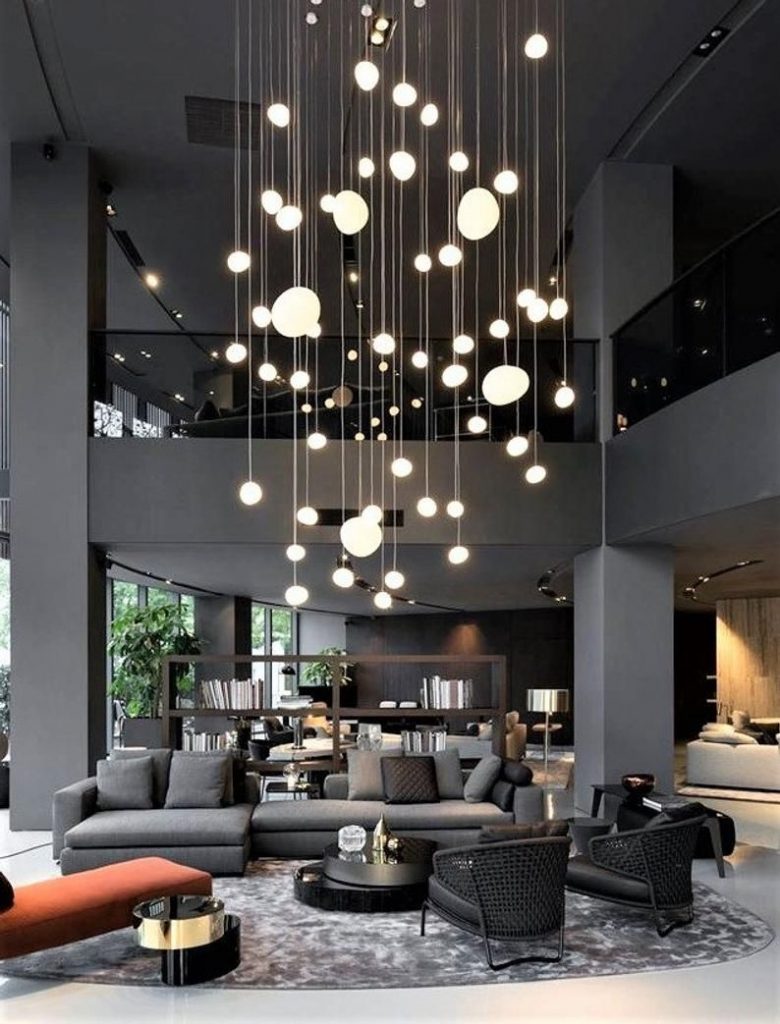


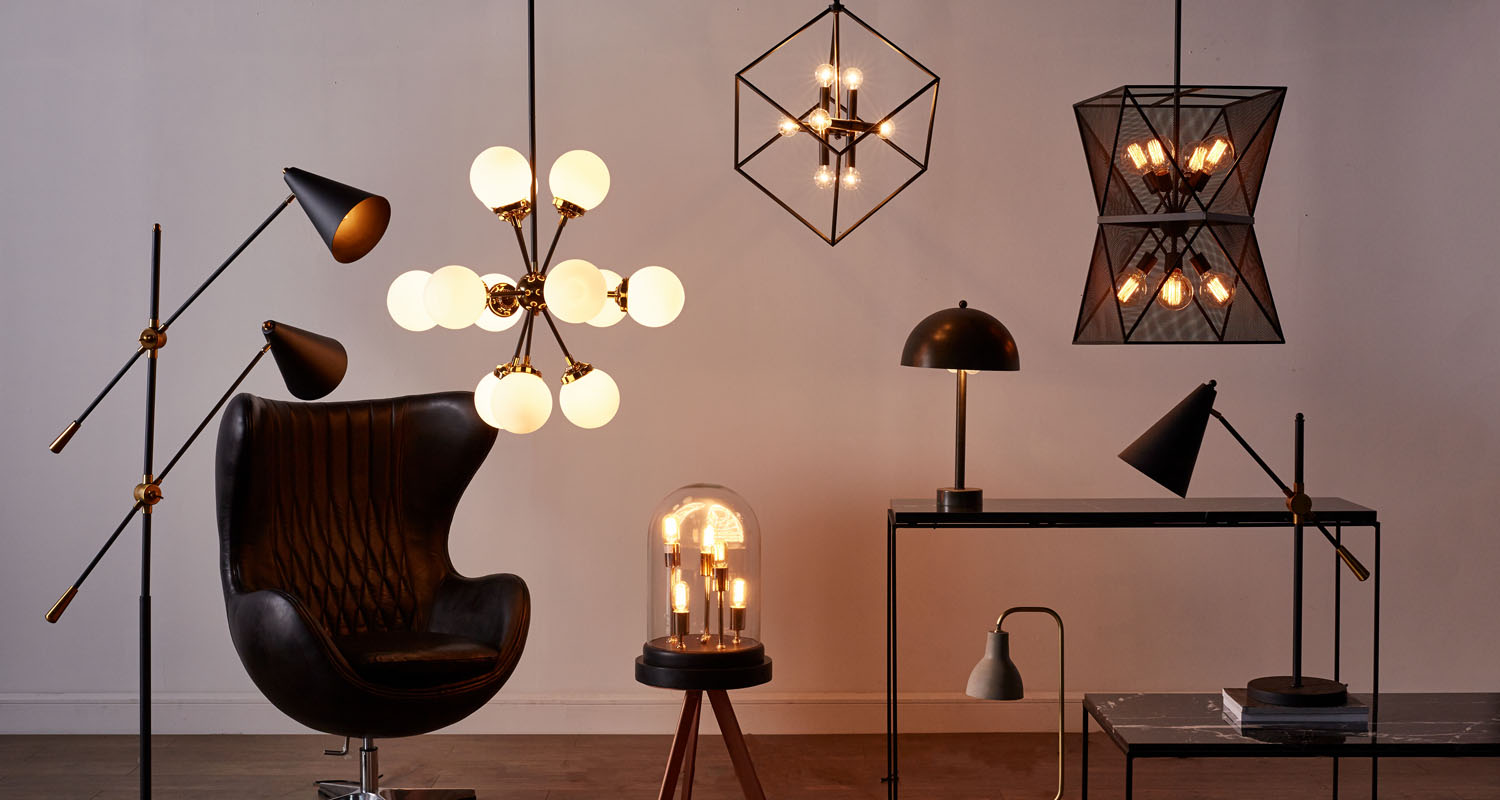

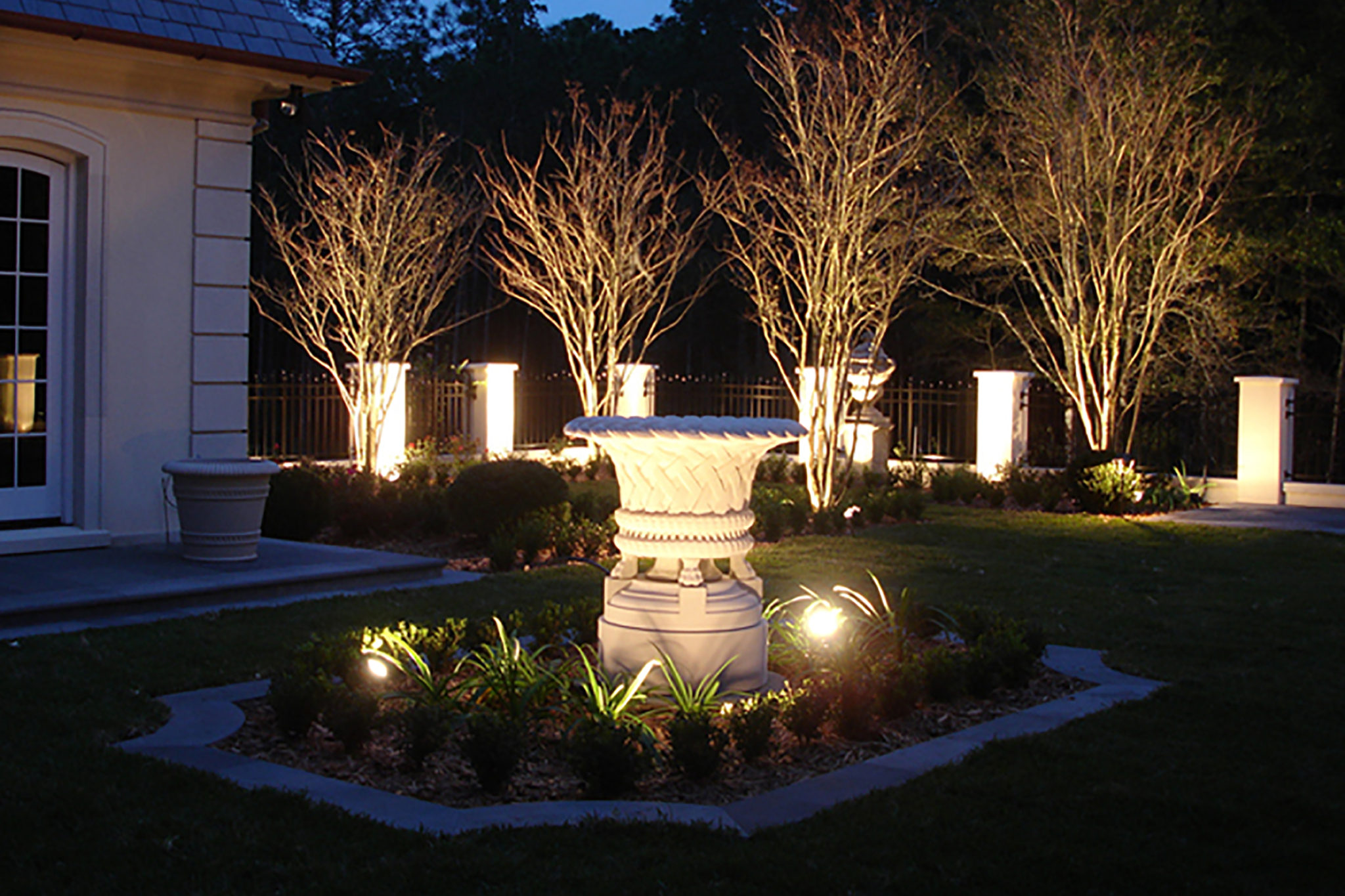
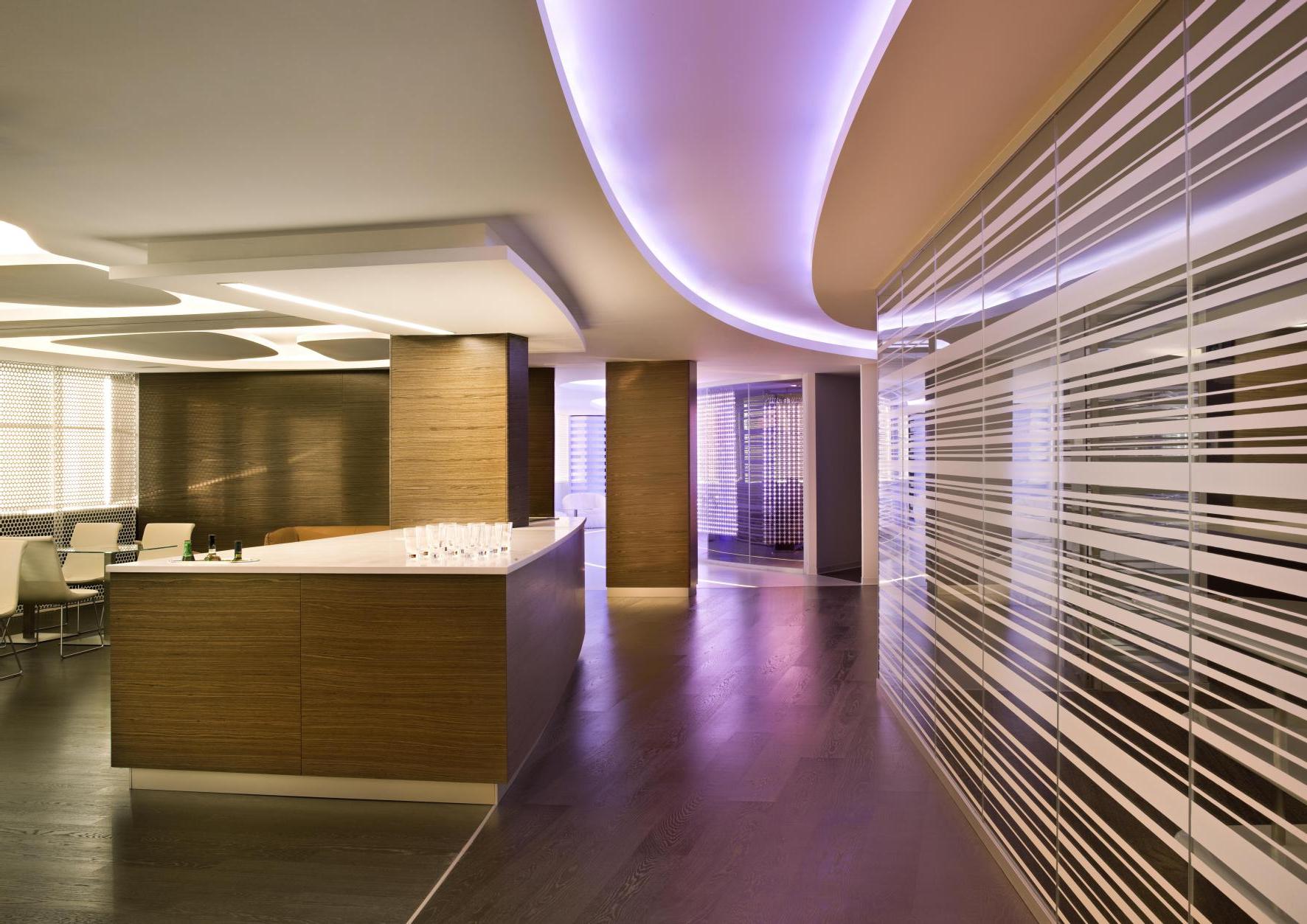
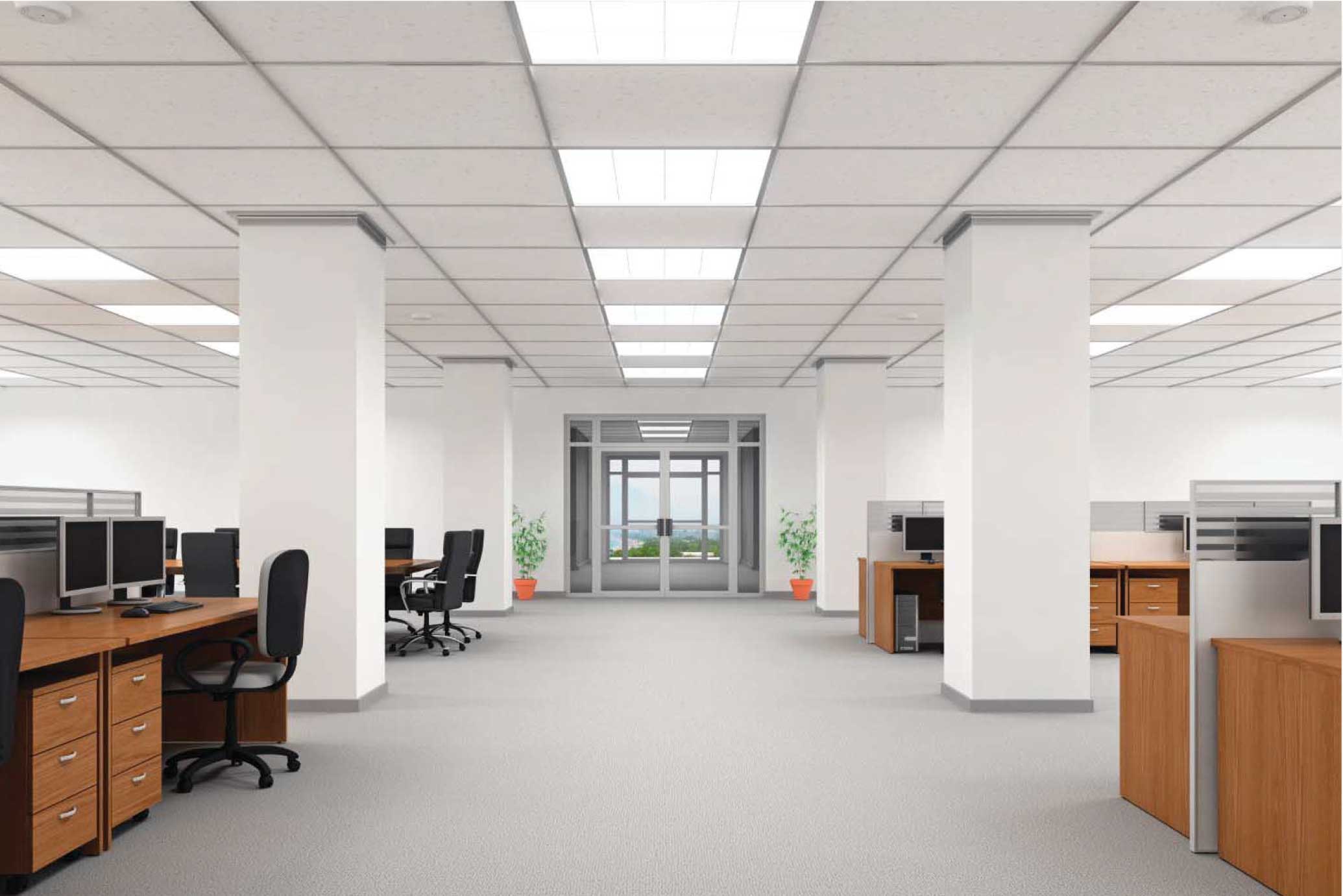

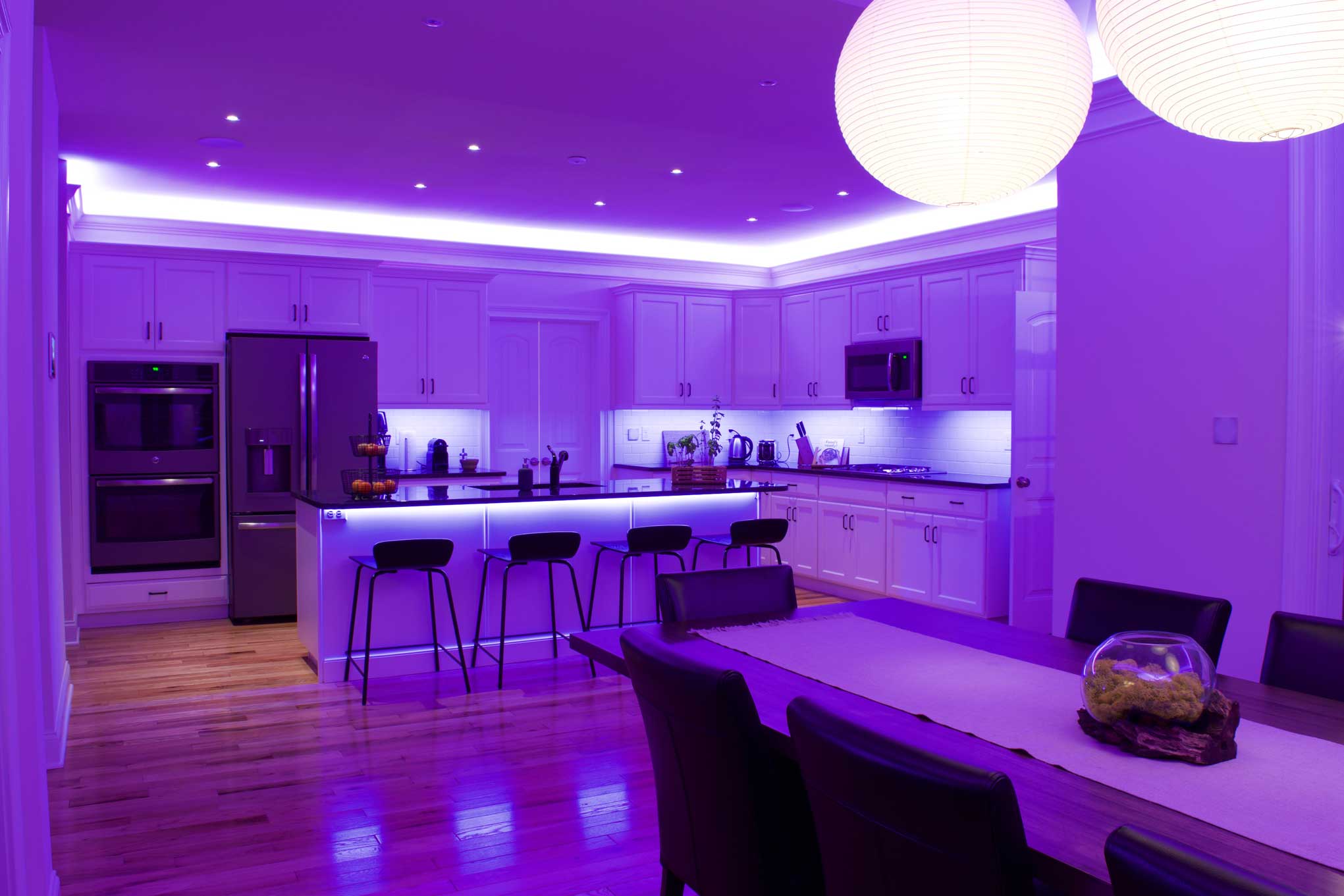

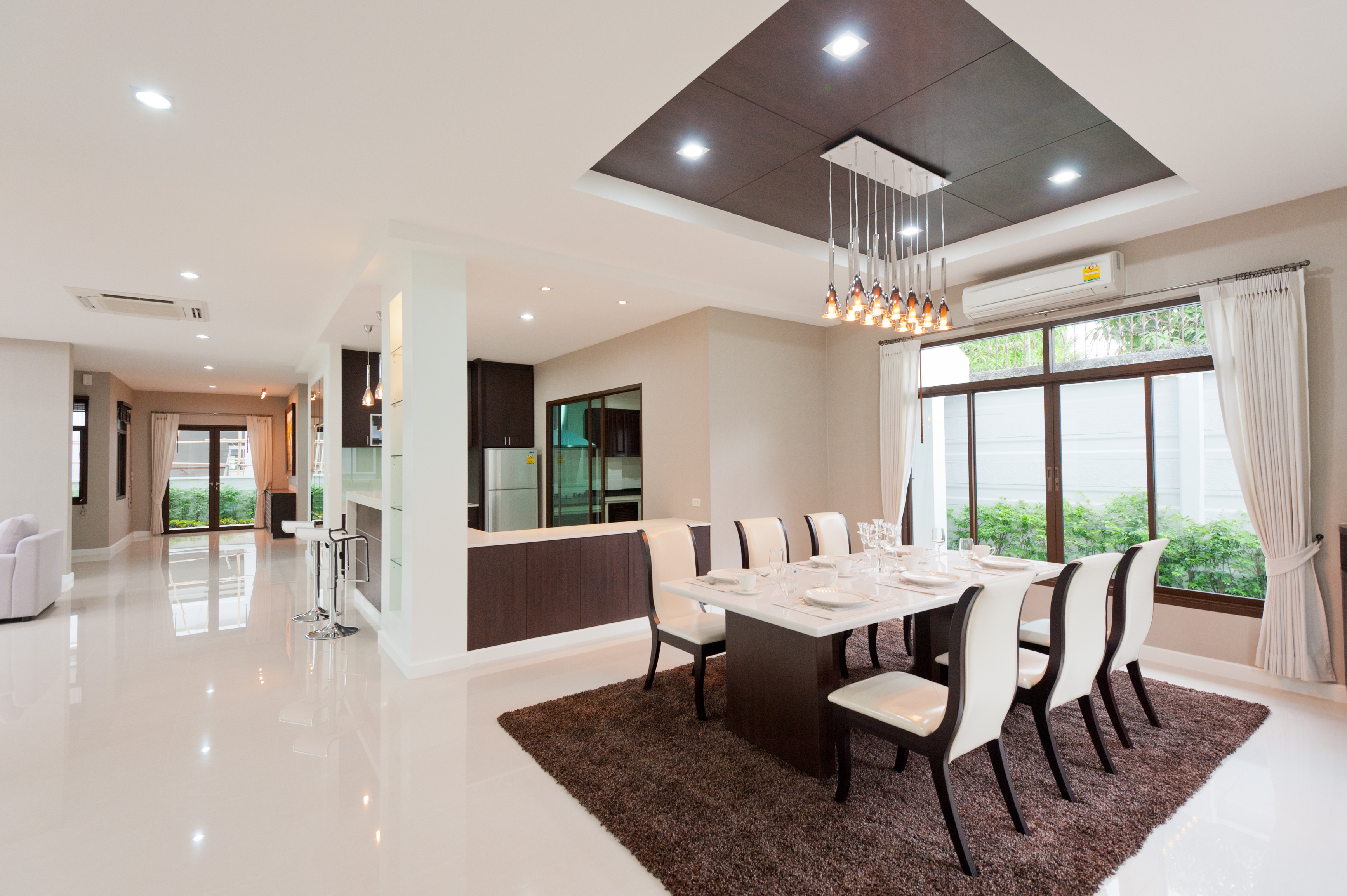
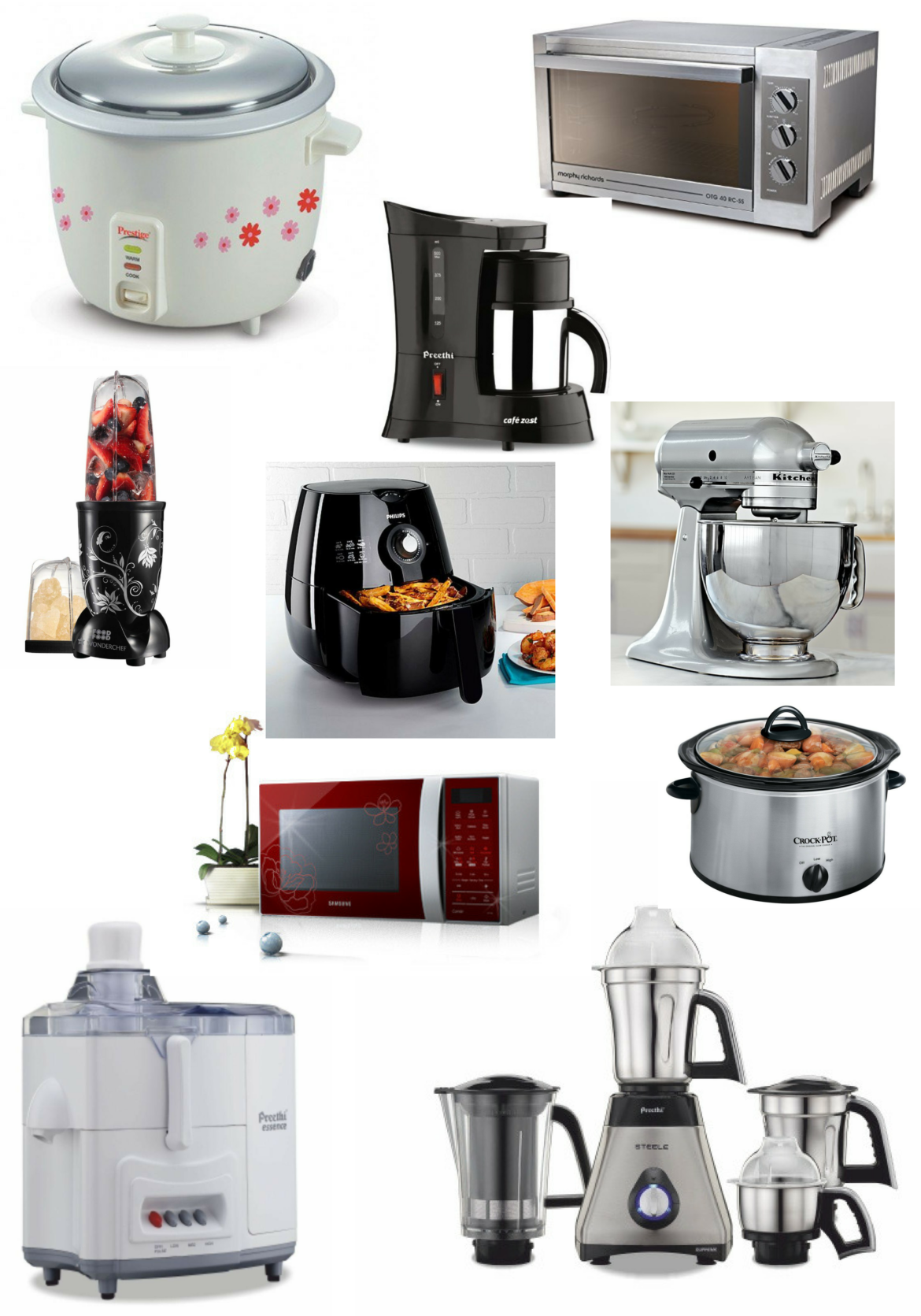


/appliancesalexeydudoladovGettyImages-171589331-57b37c3c5f9b58b5c2cb819c.jpg)

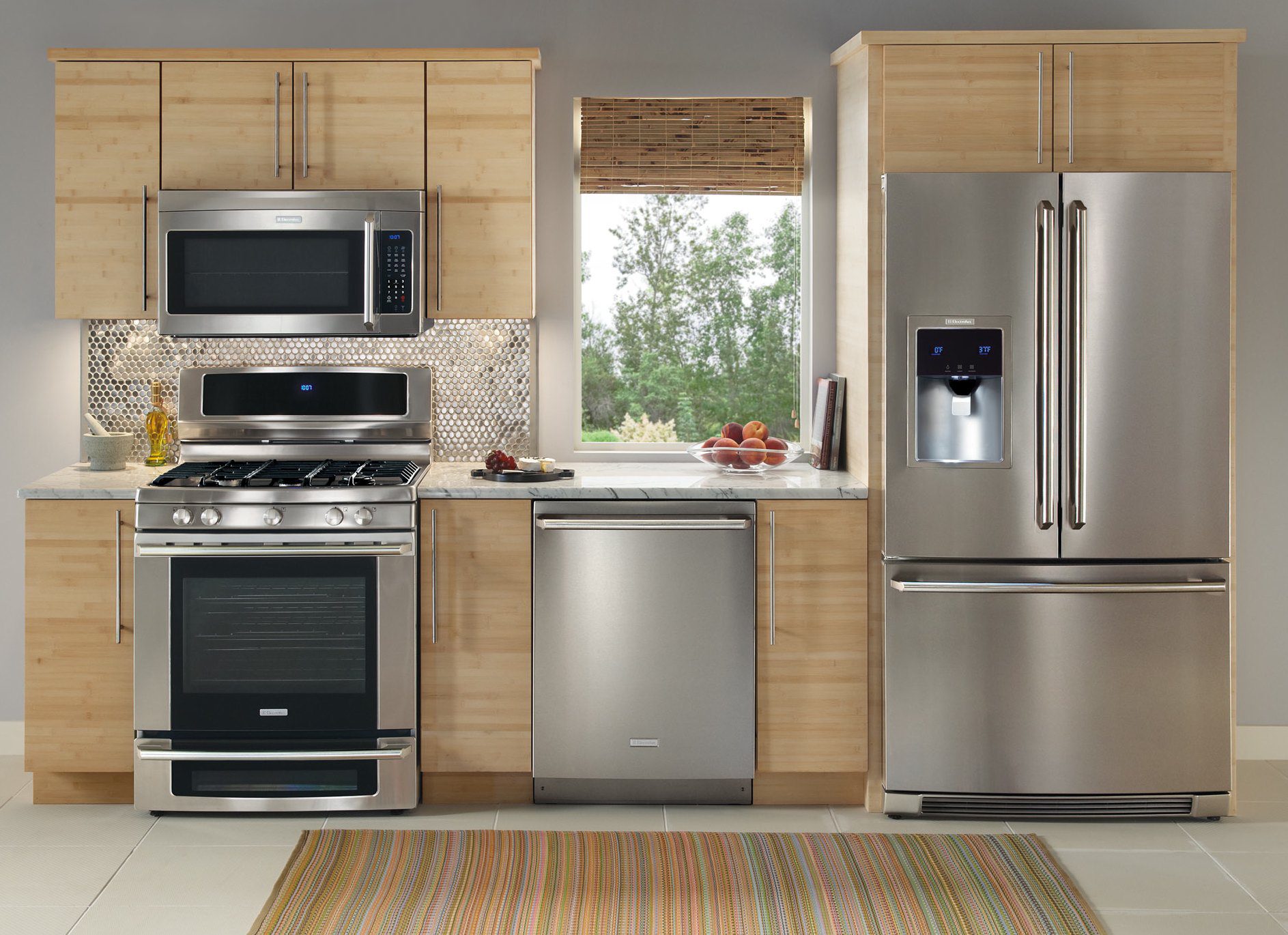
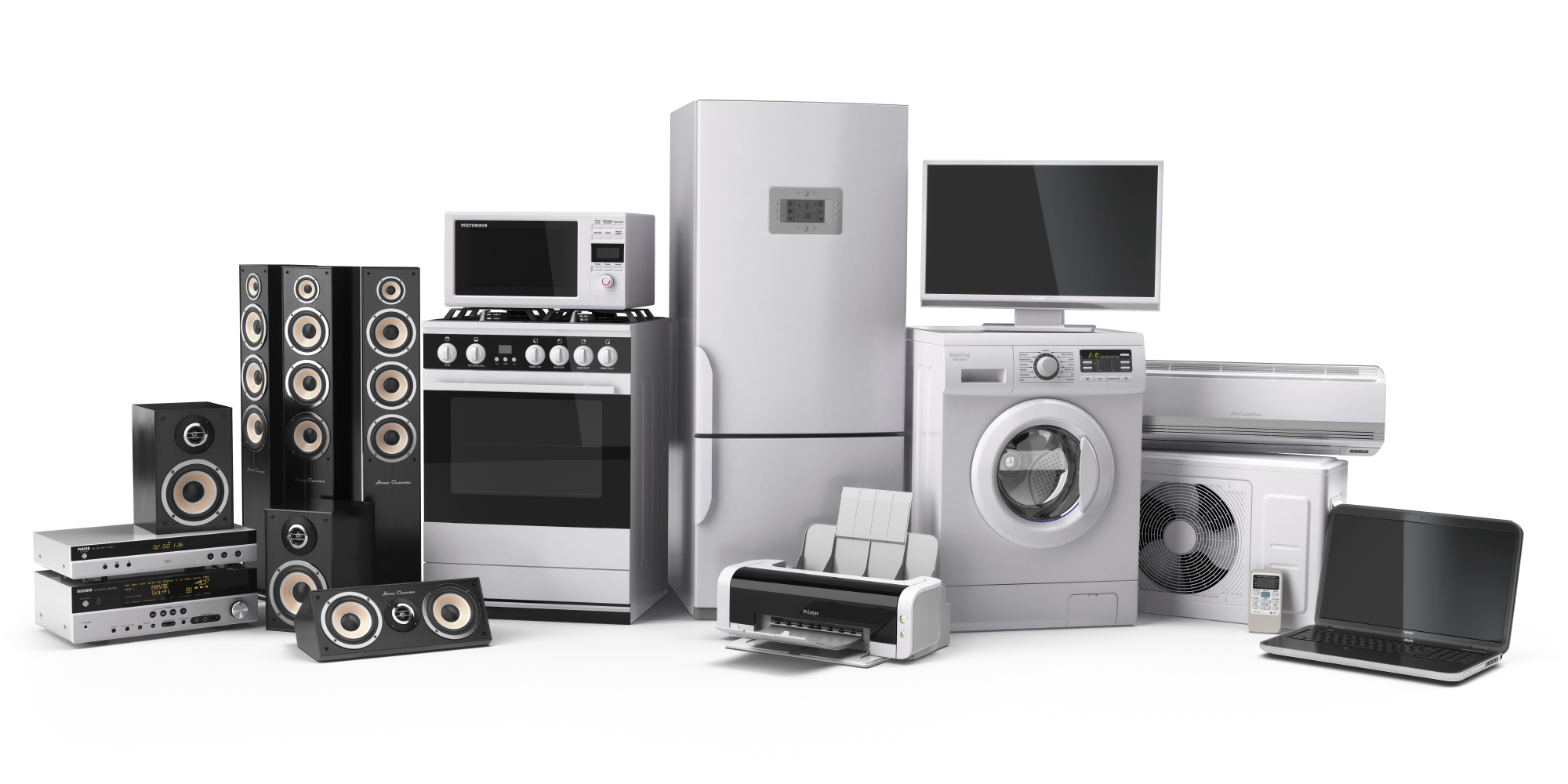
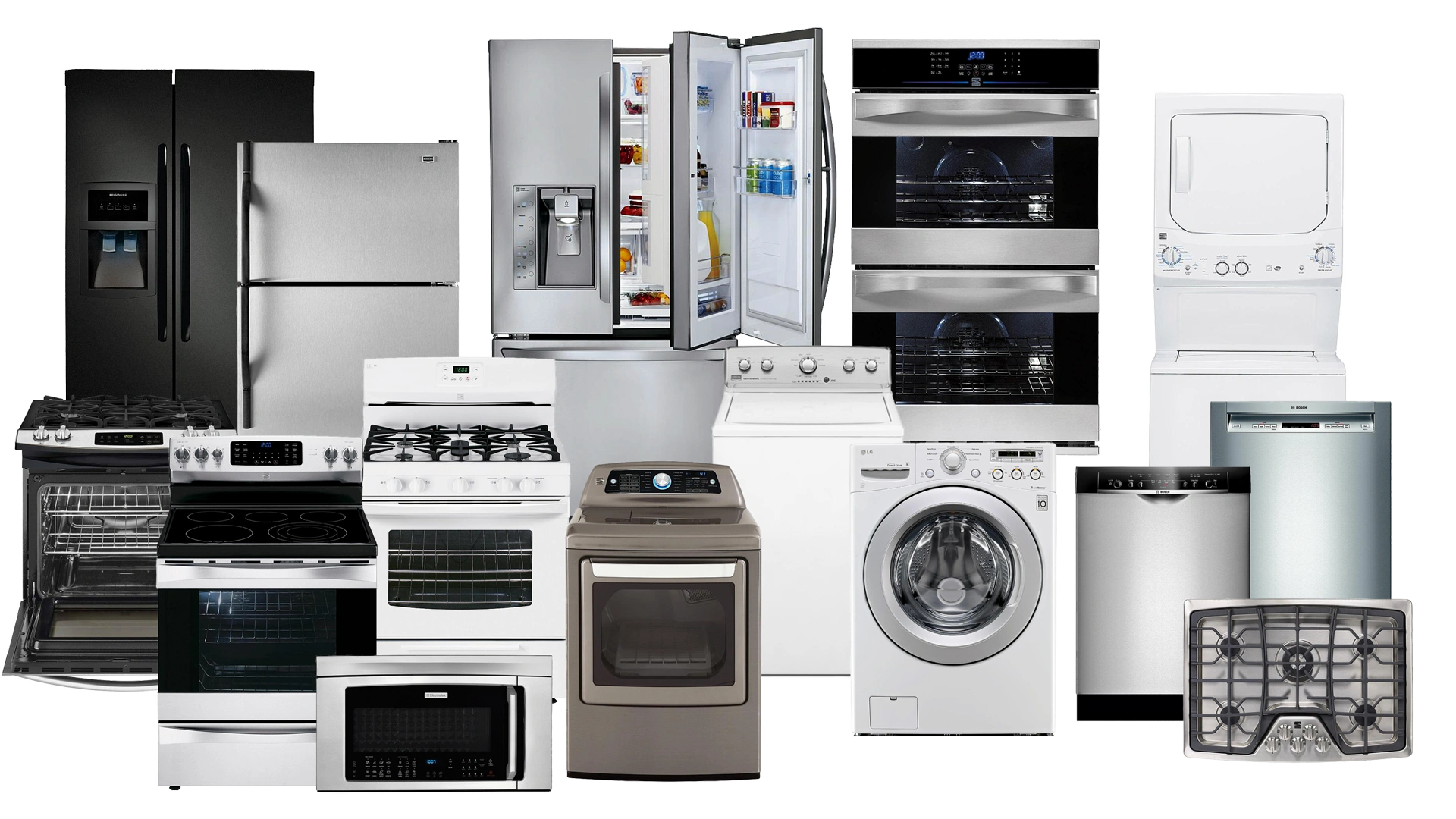
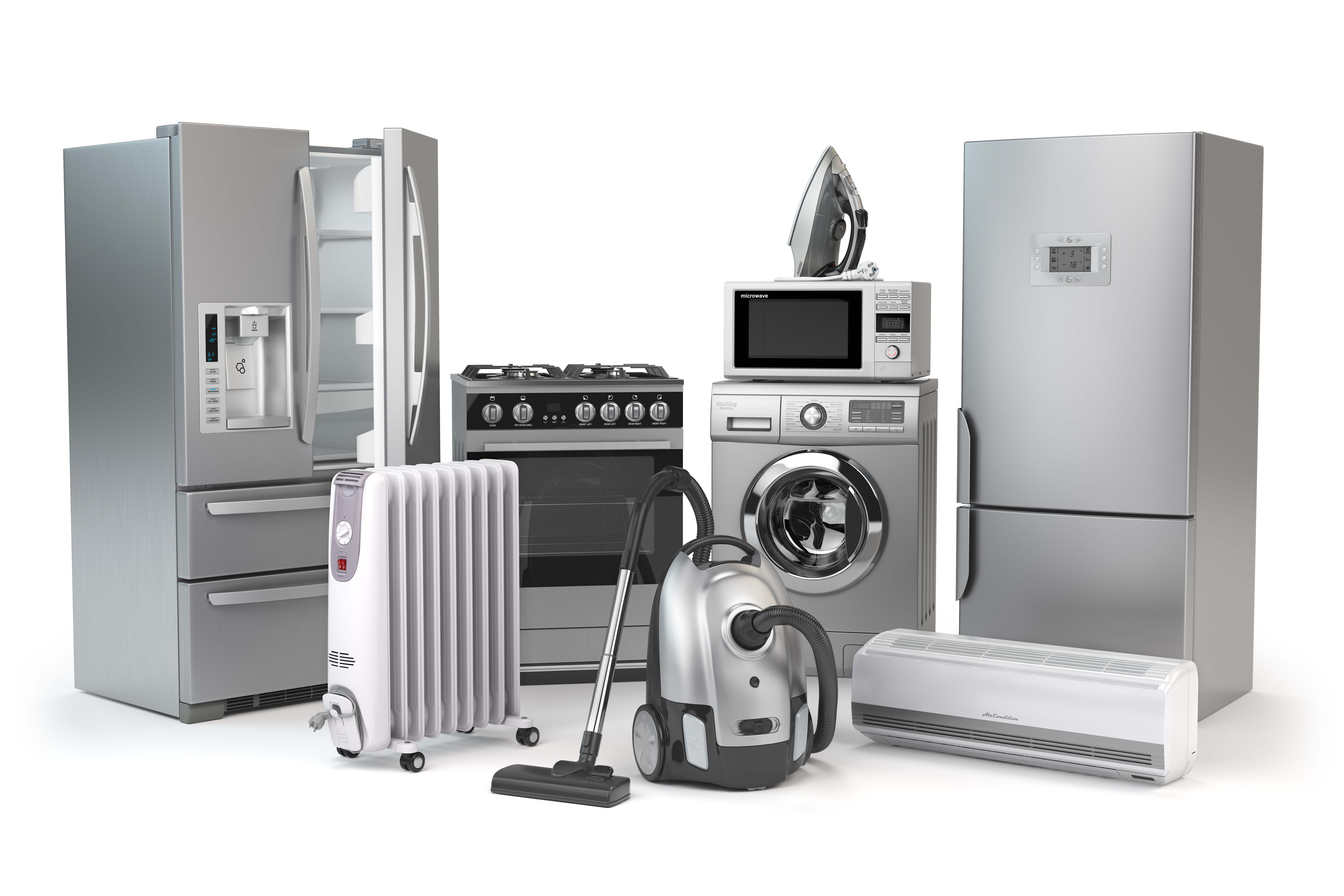
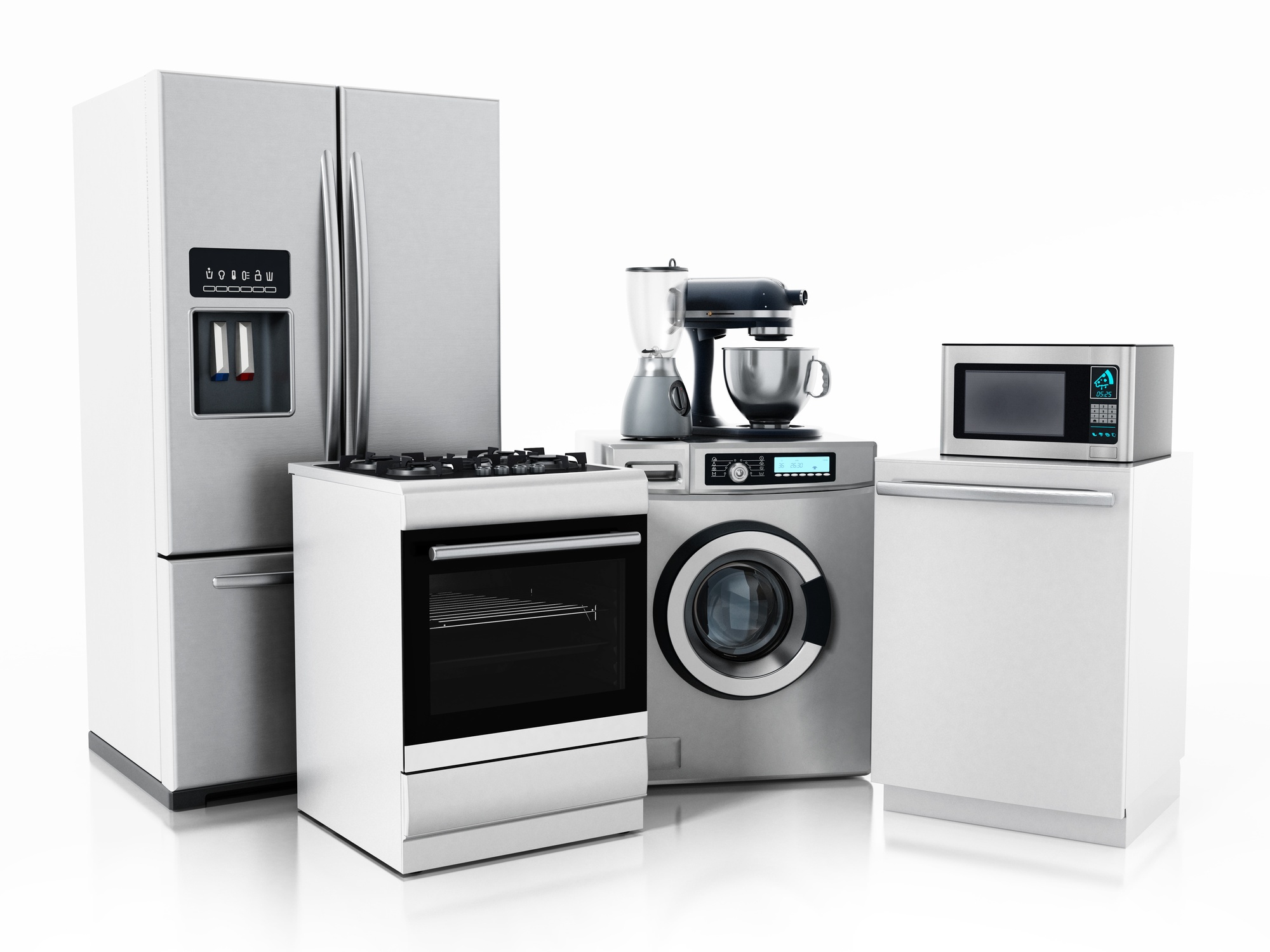
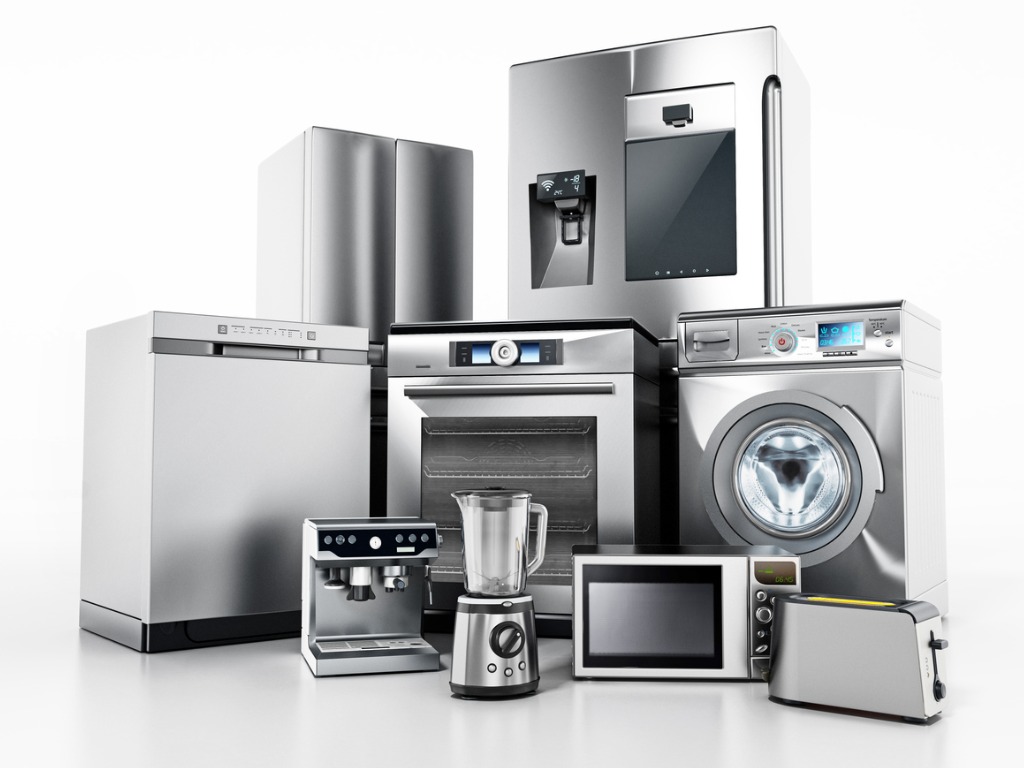

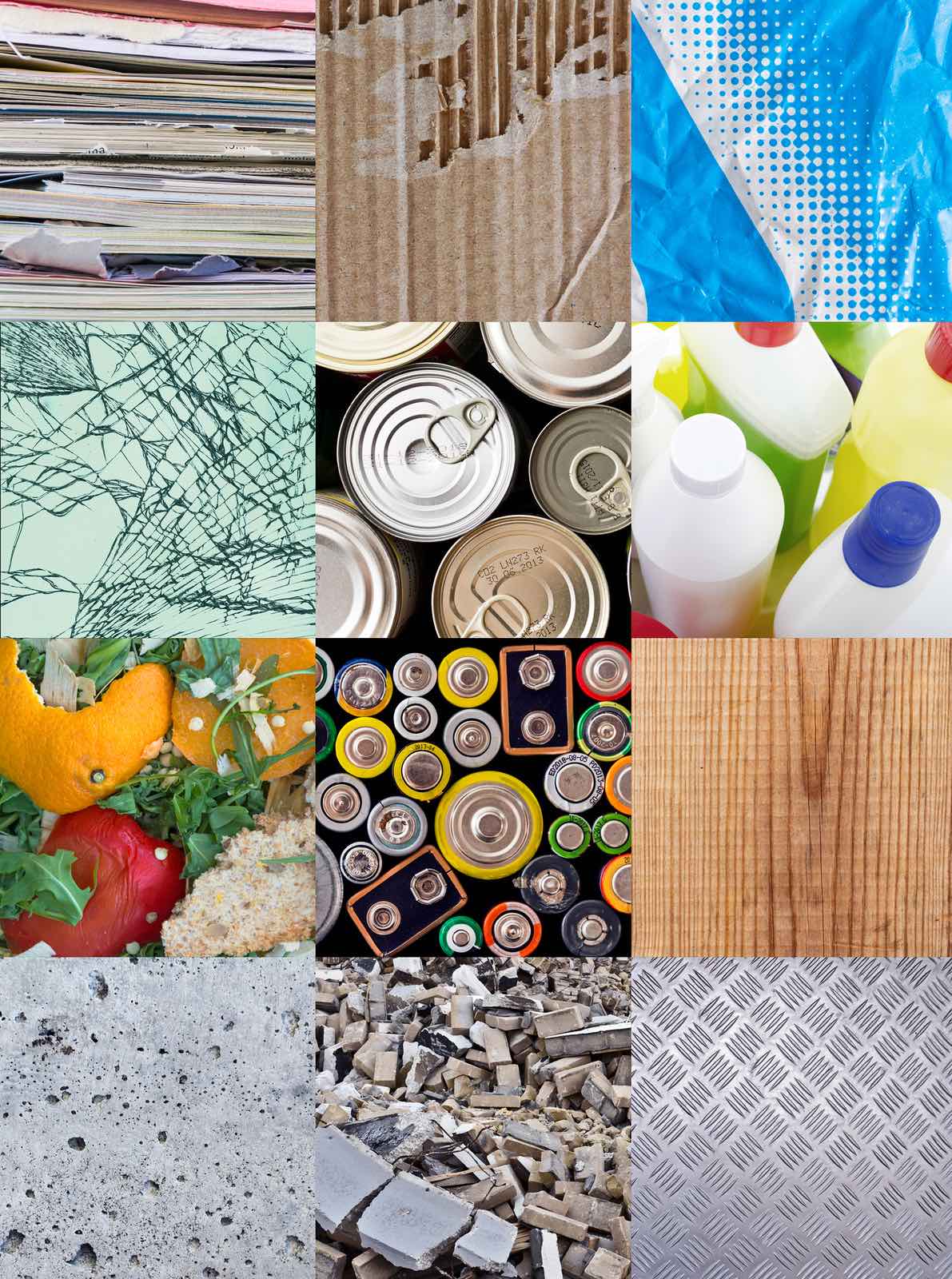
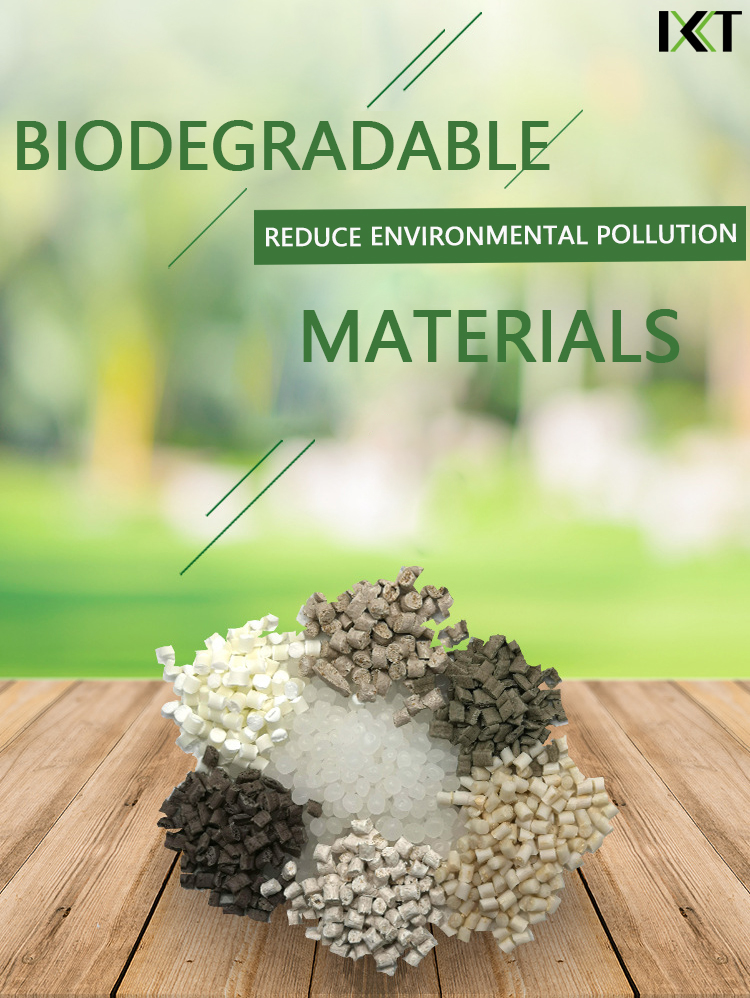

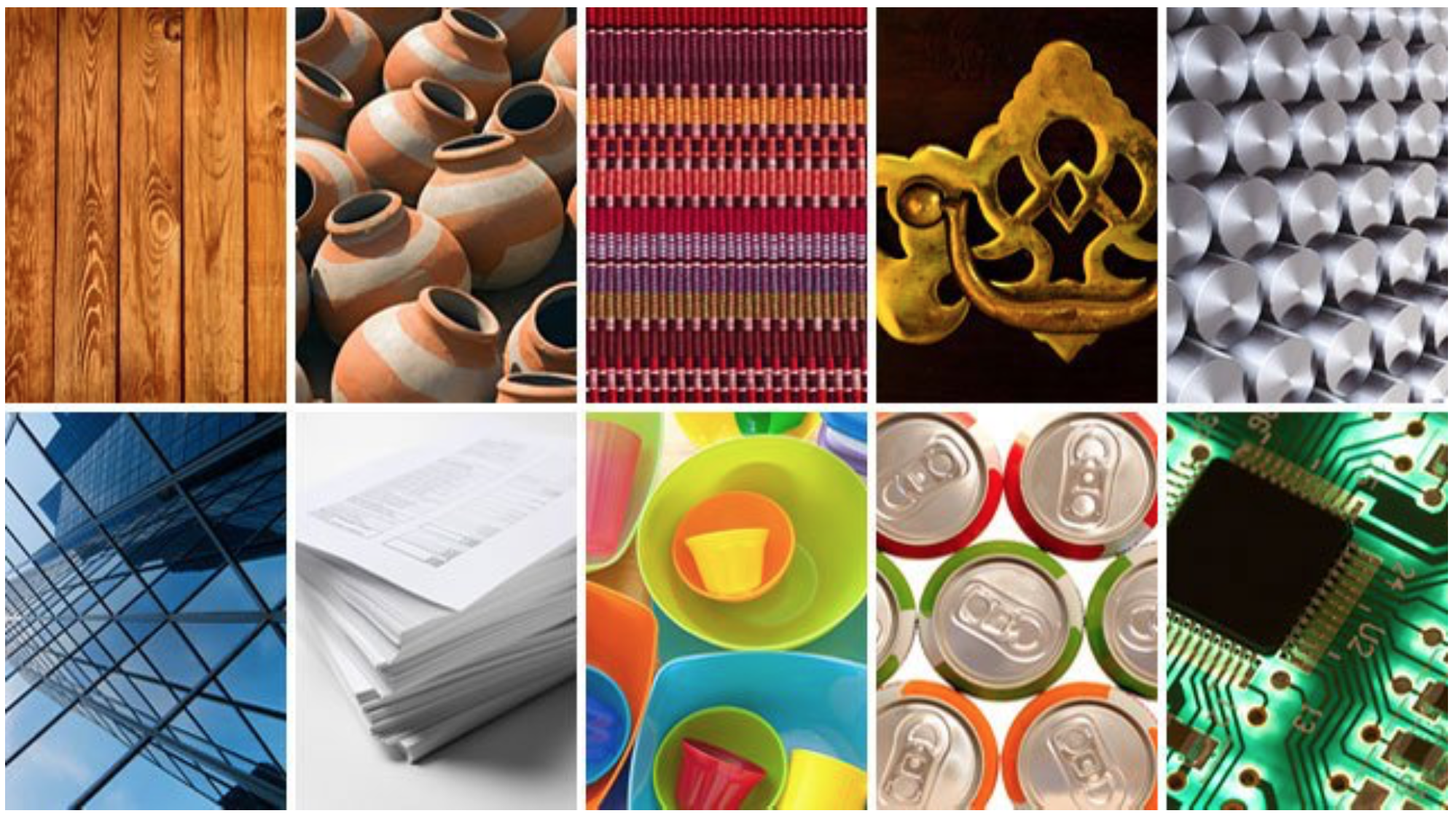



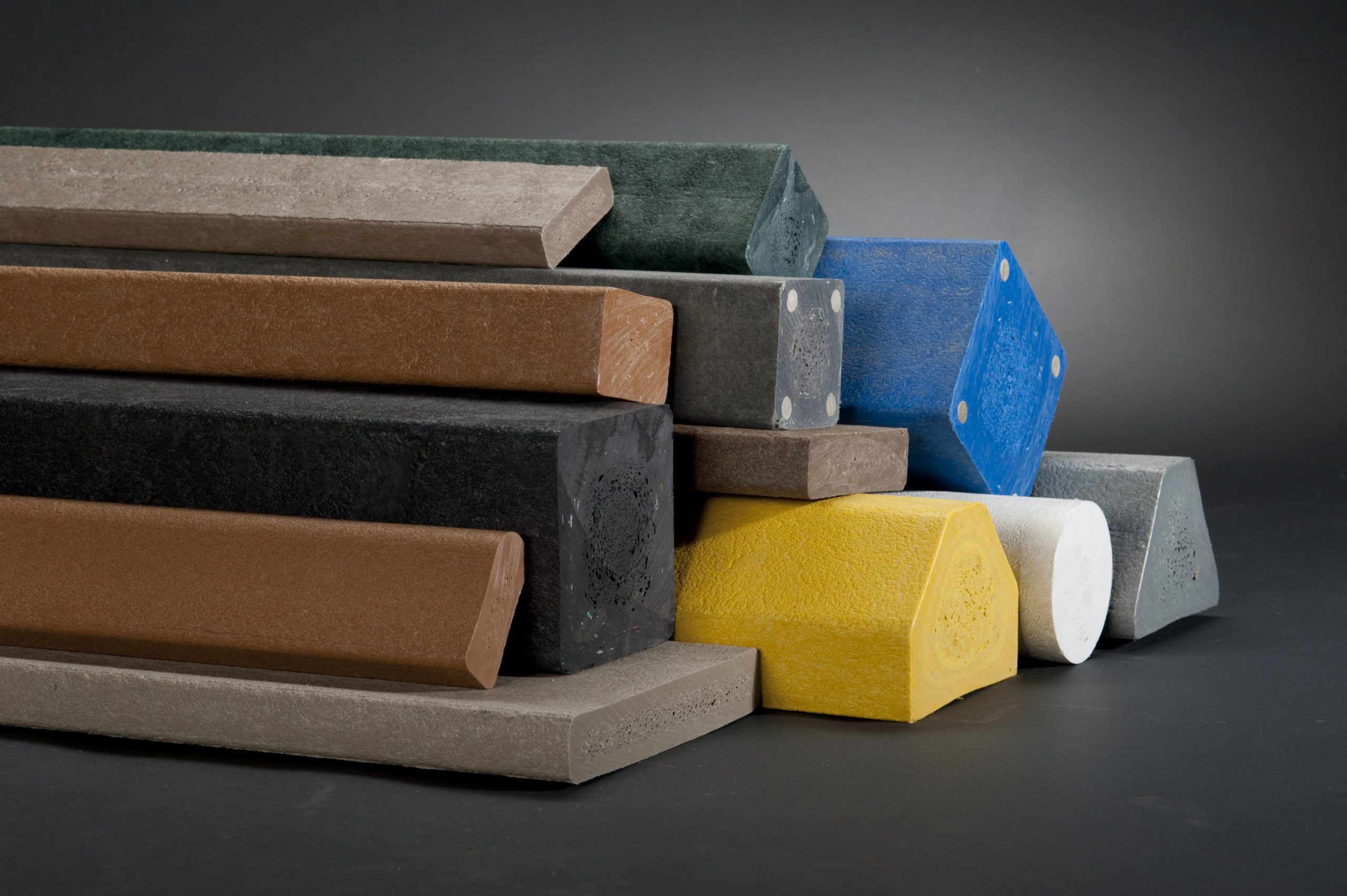


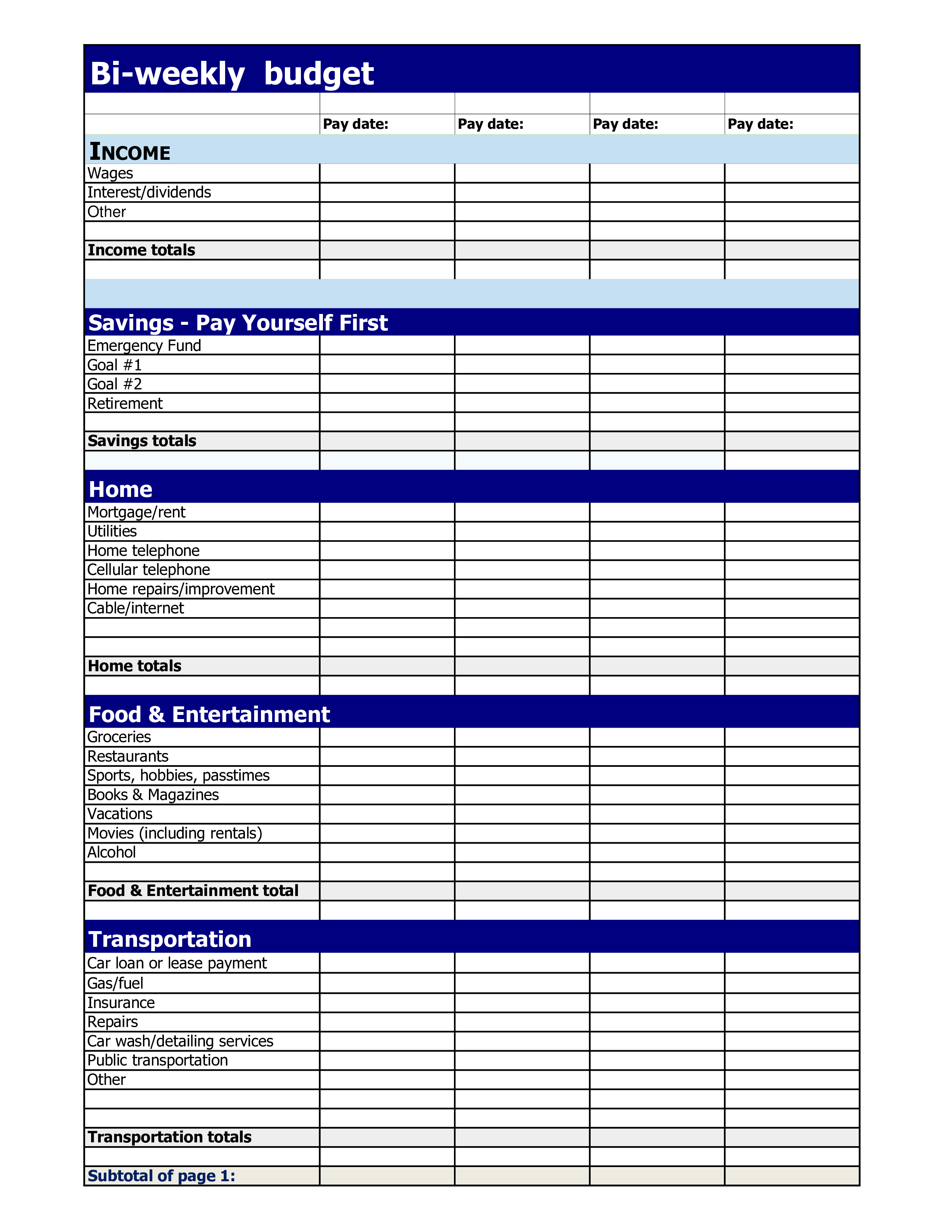
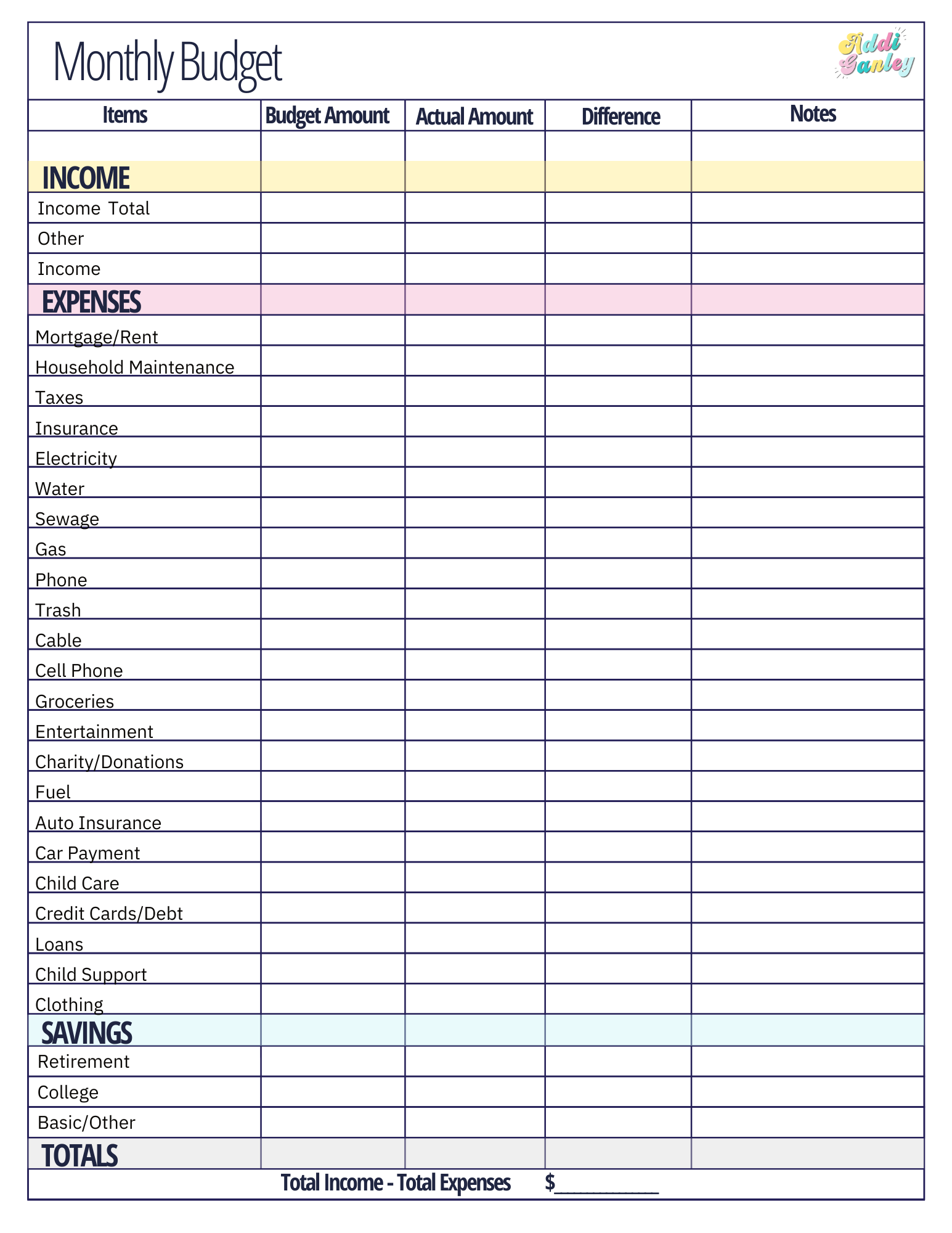

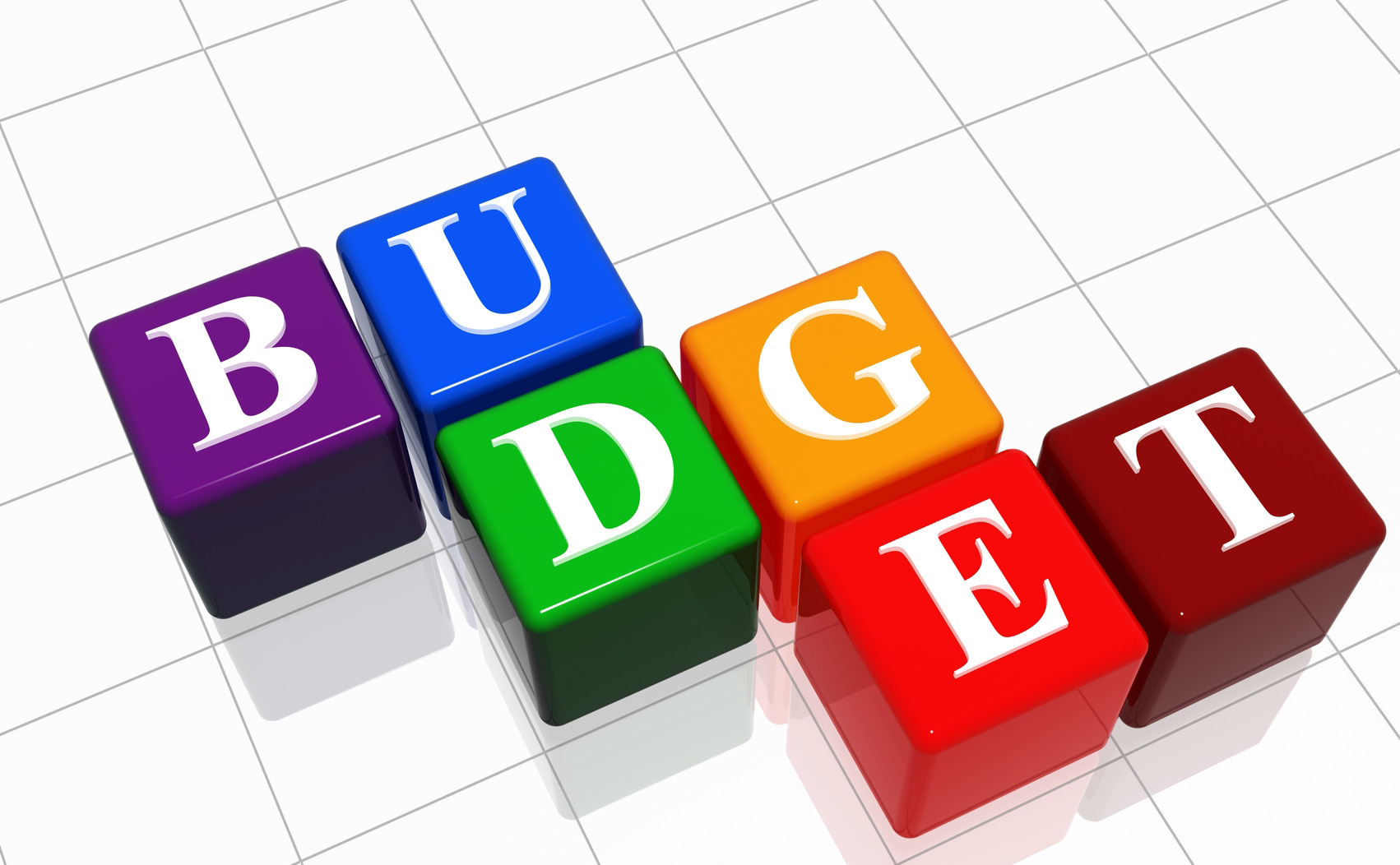


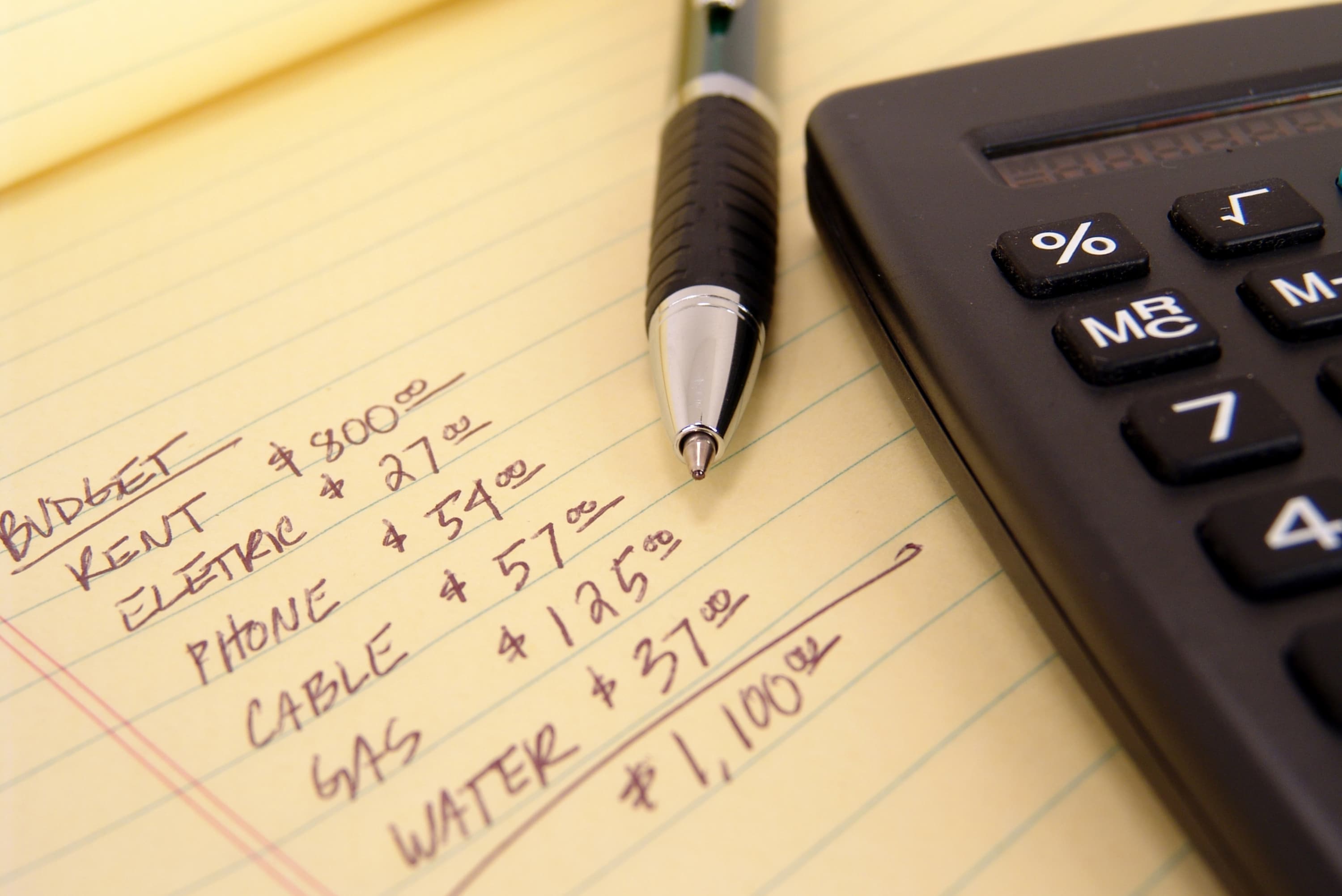


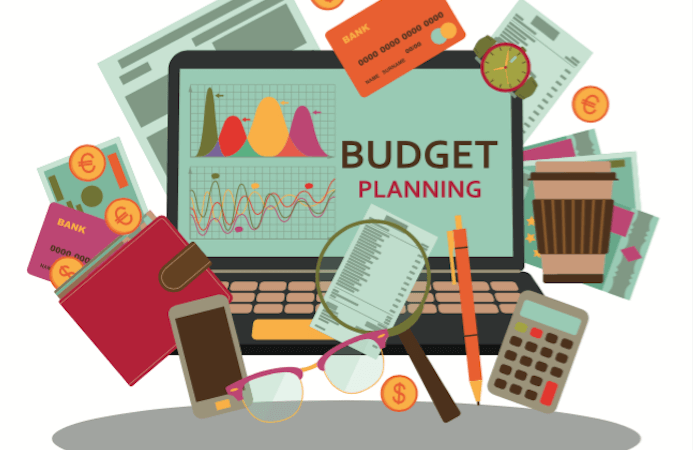
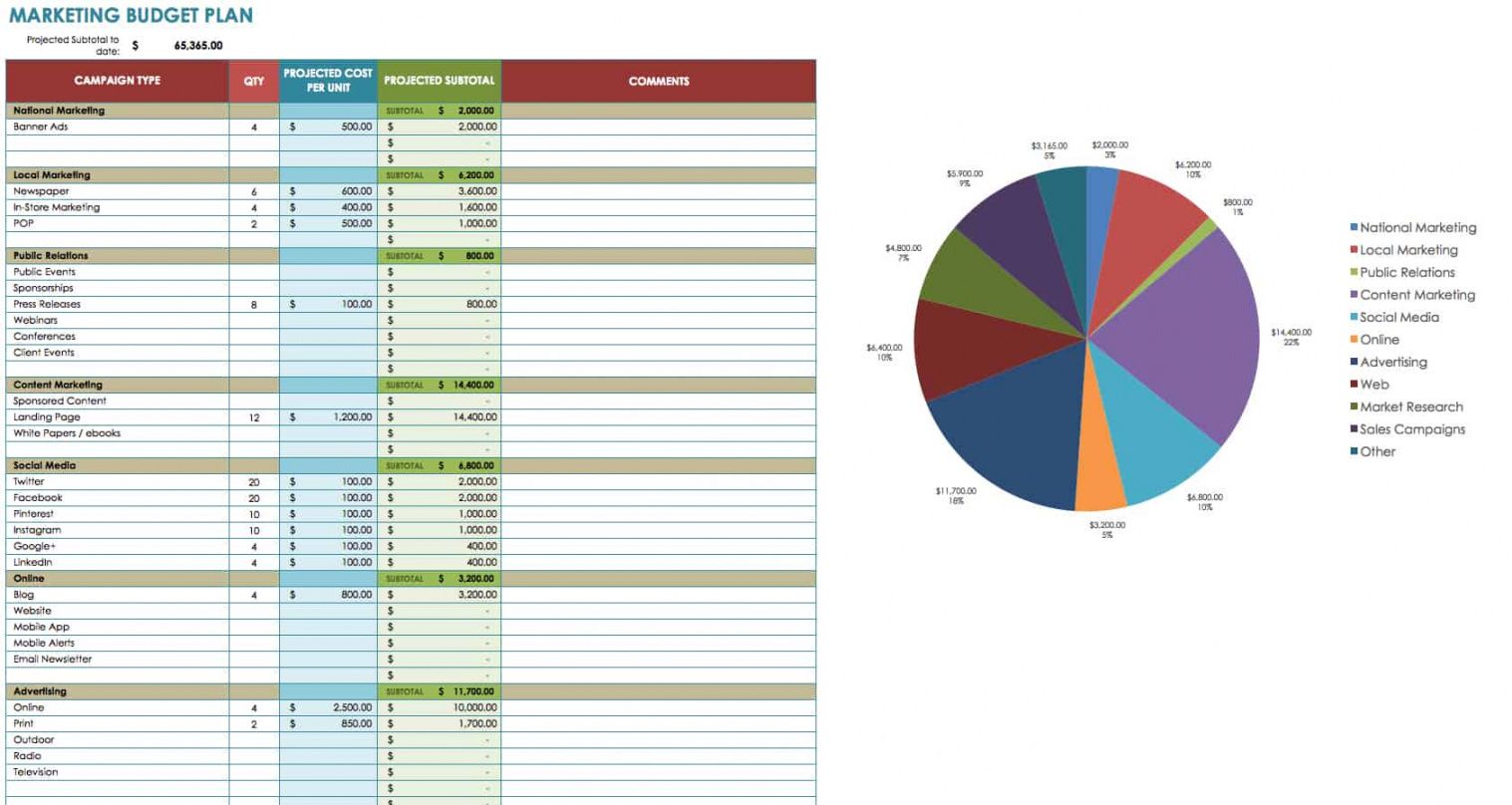






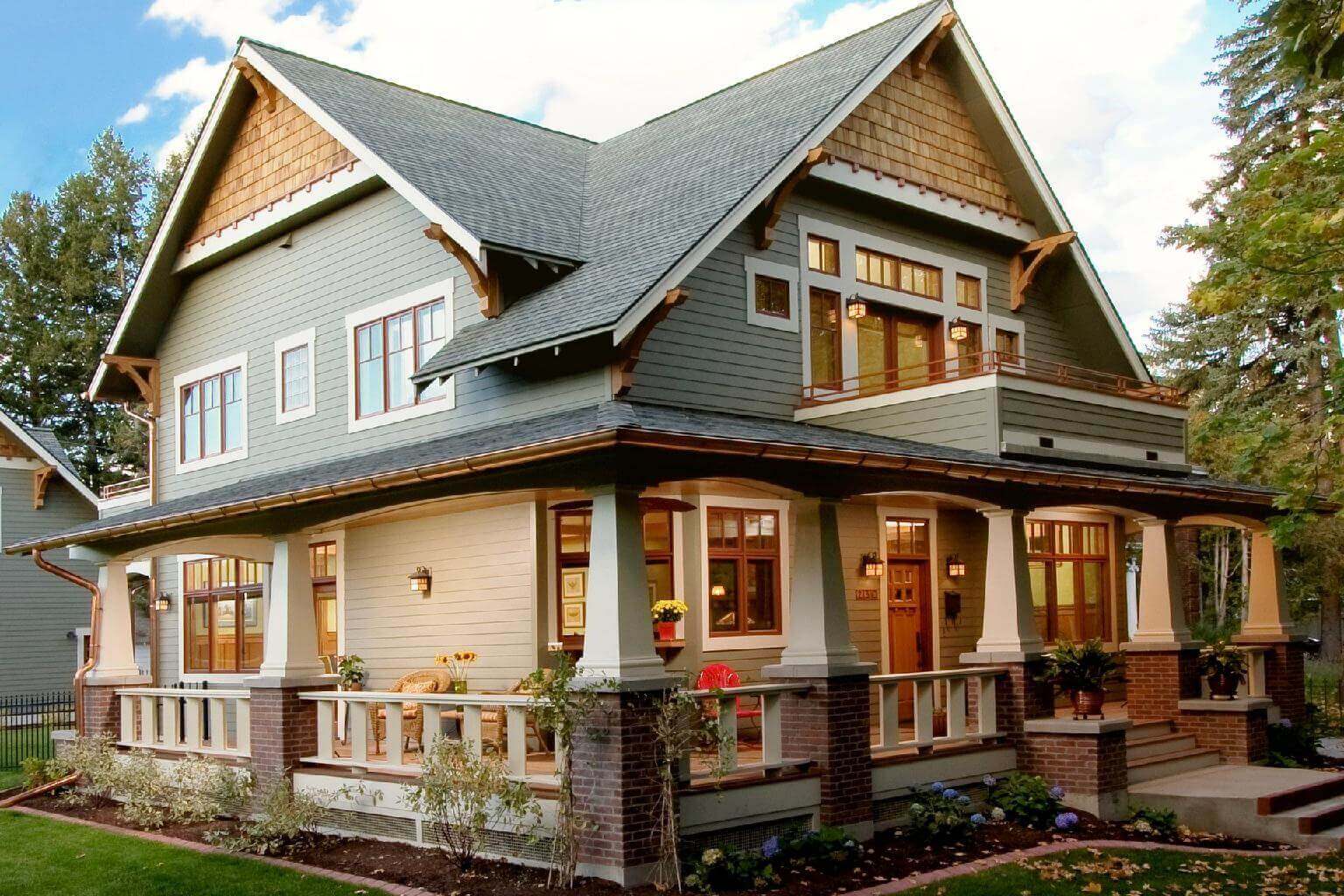


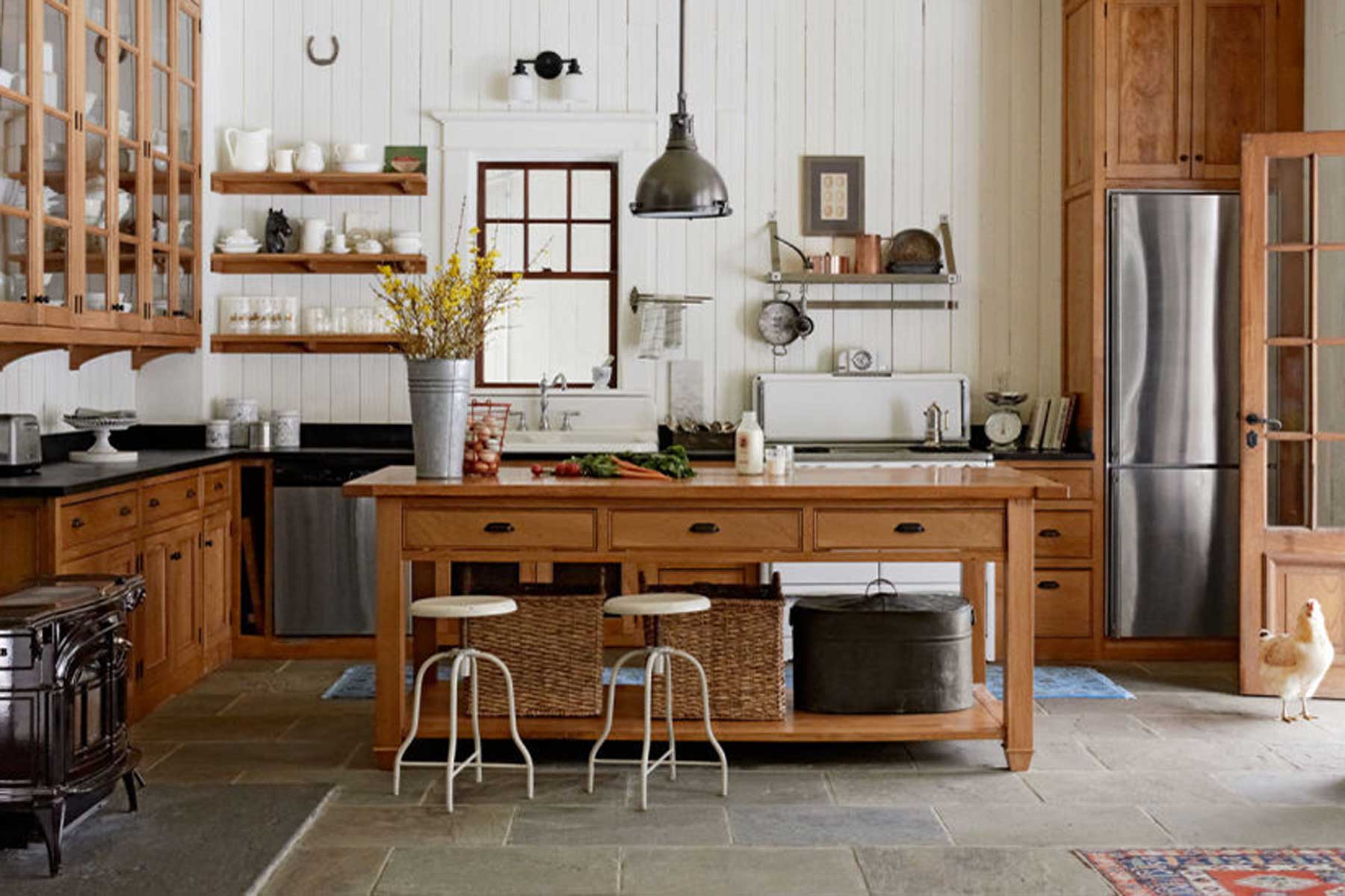
:max_bytes(150000):strip_icc()/BlueCopperDesign-Home-yProject-LifeCreatedPhotography127-85ec5f78ed2044b7aceafbb46ab02791.jpg)

